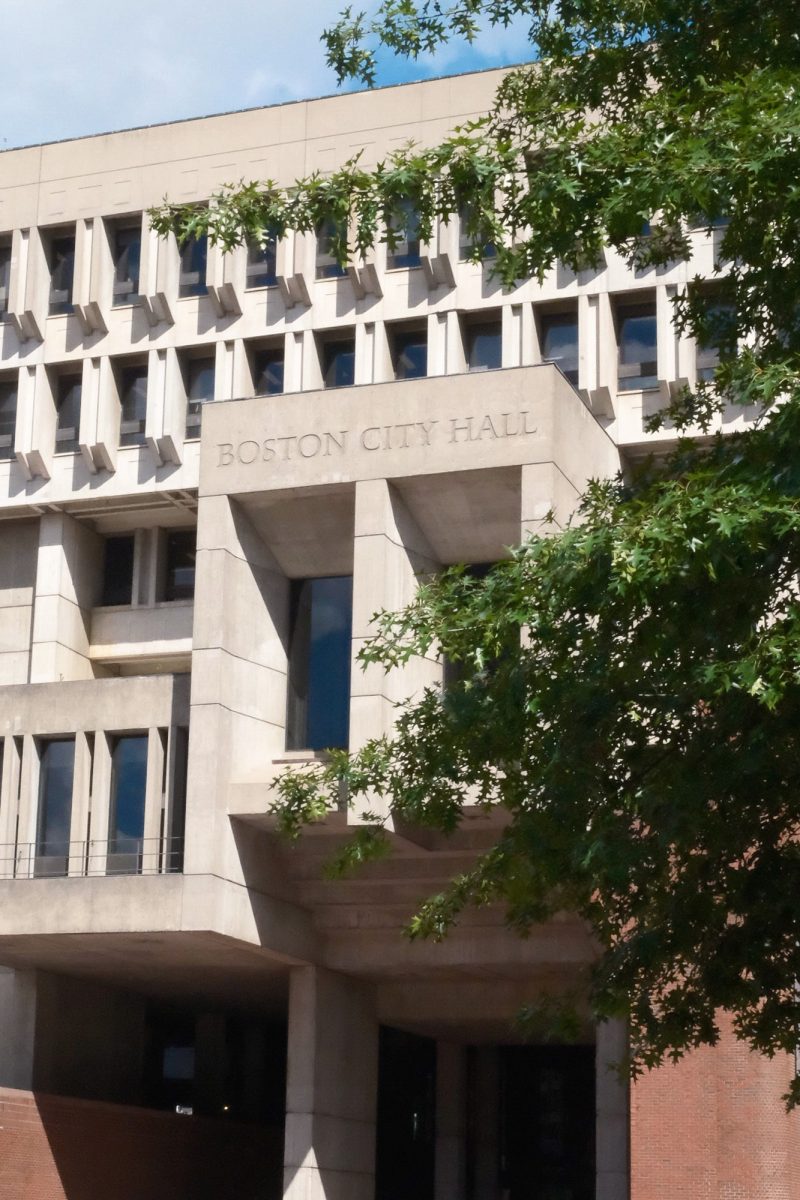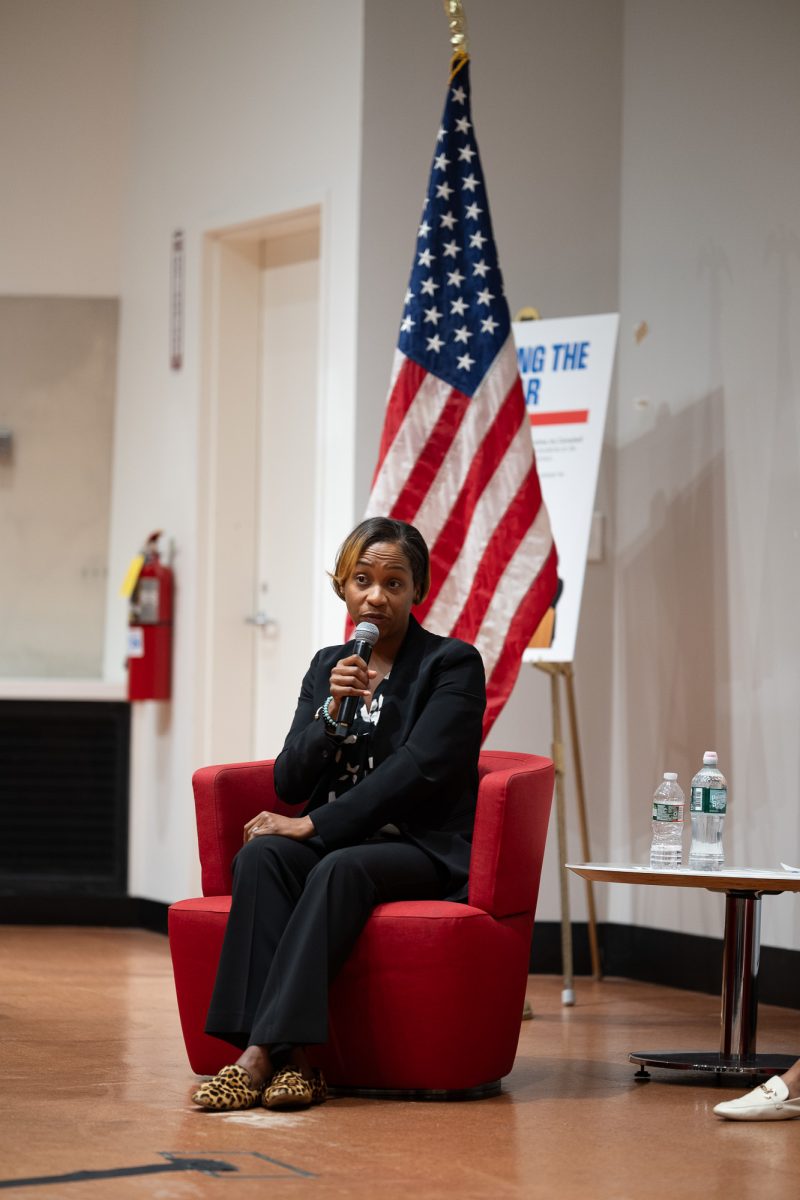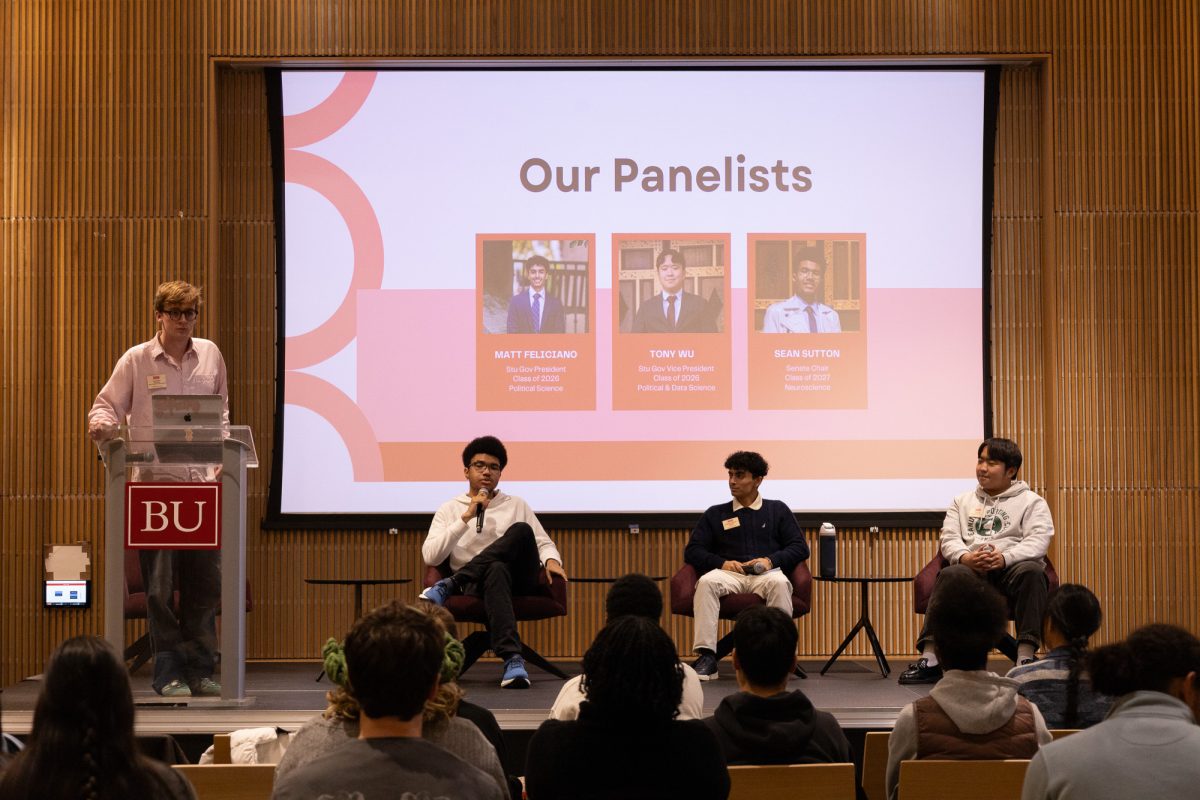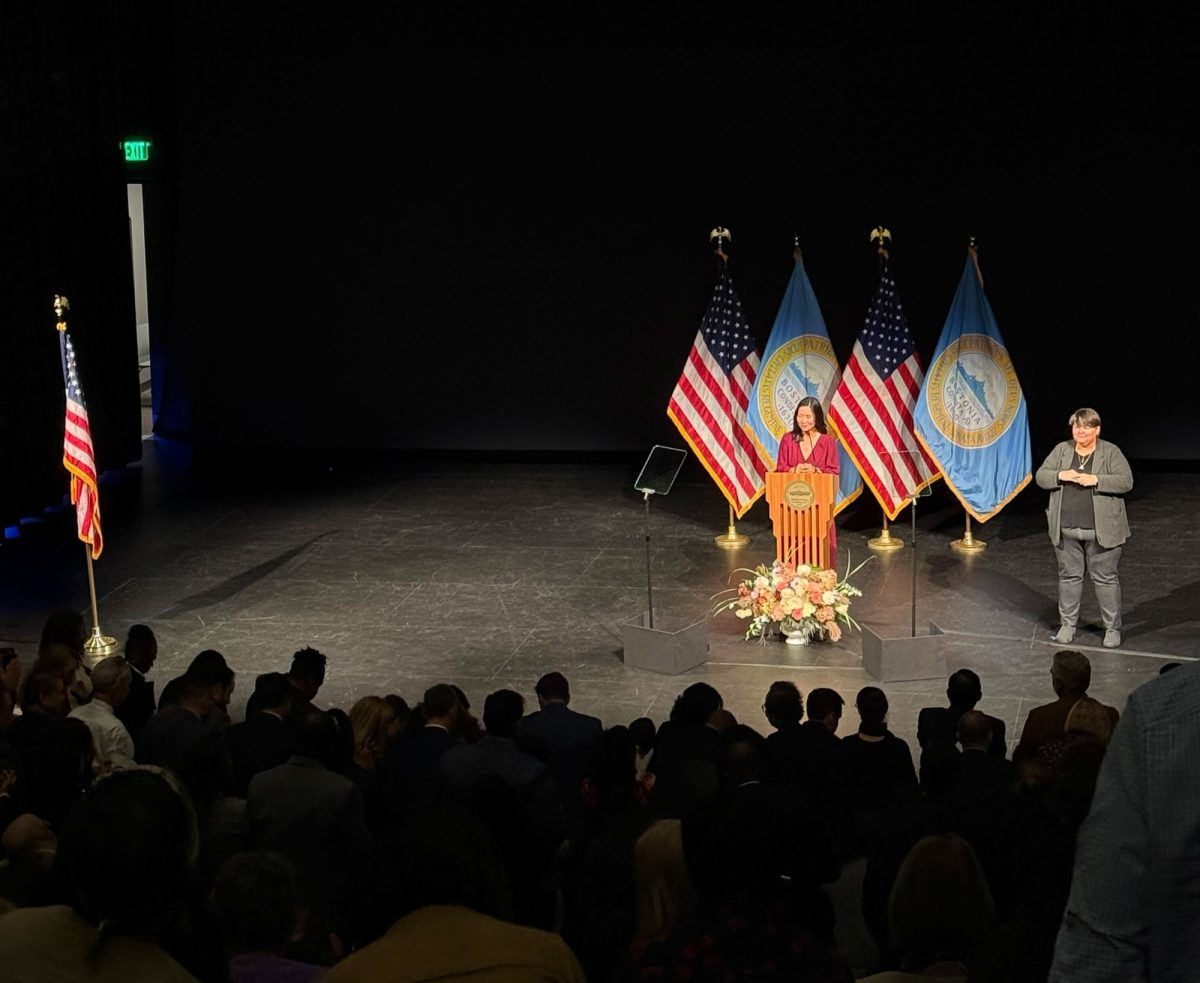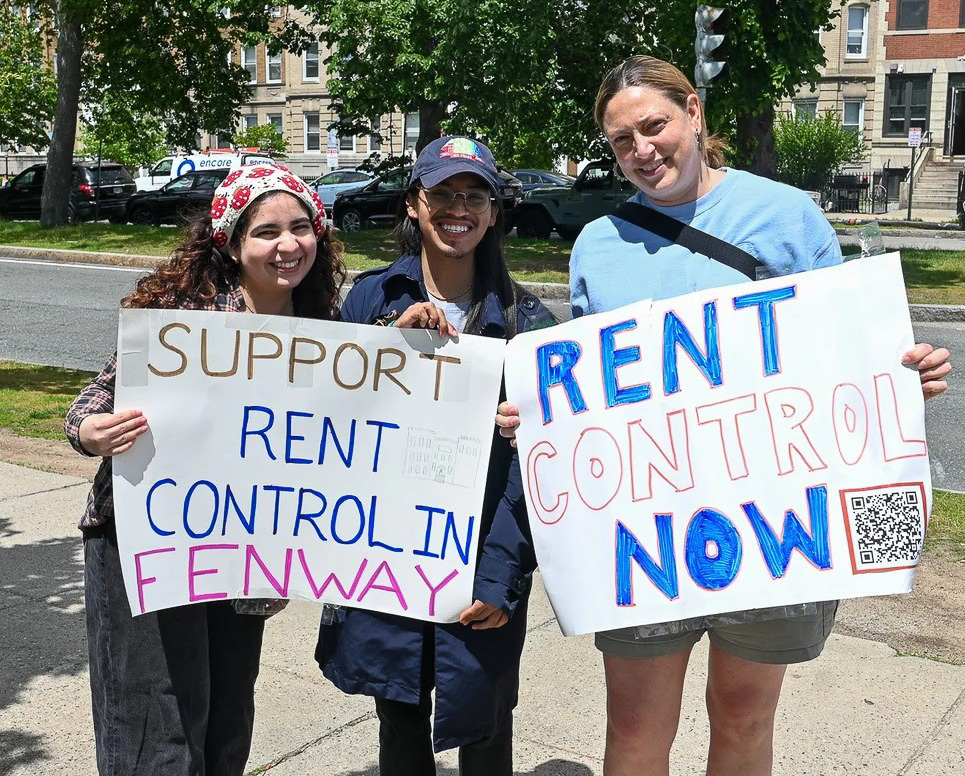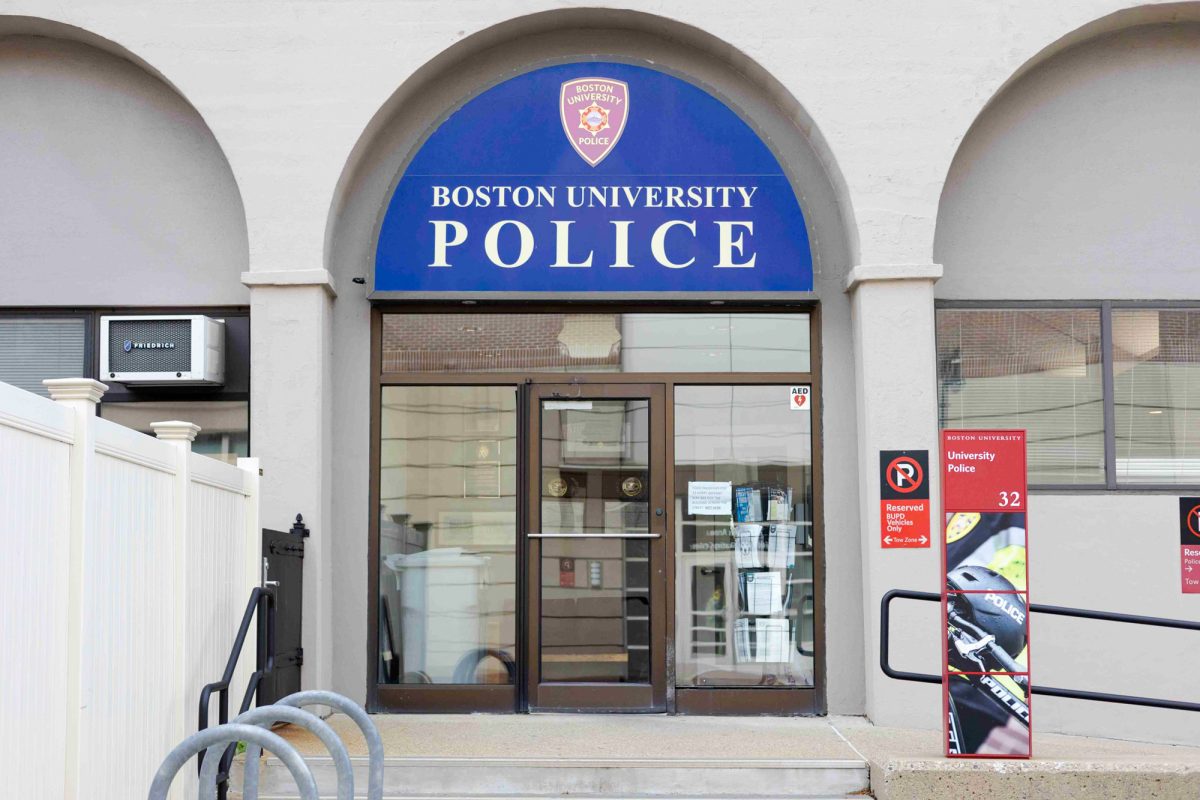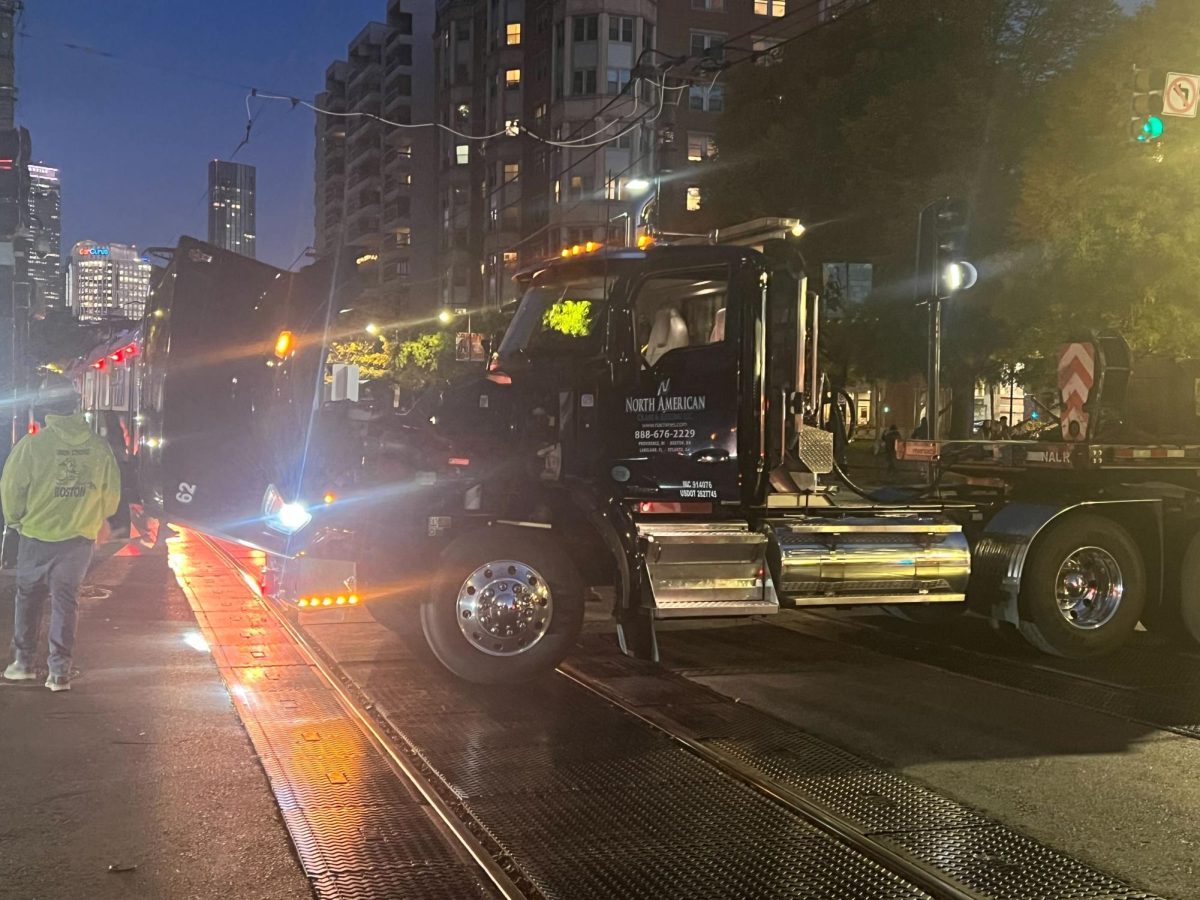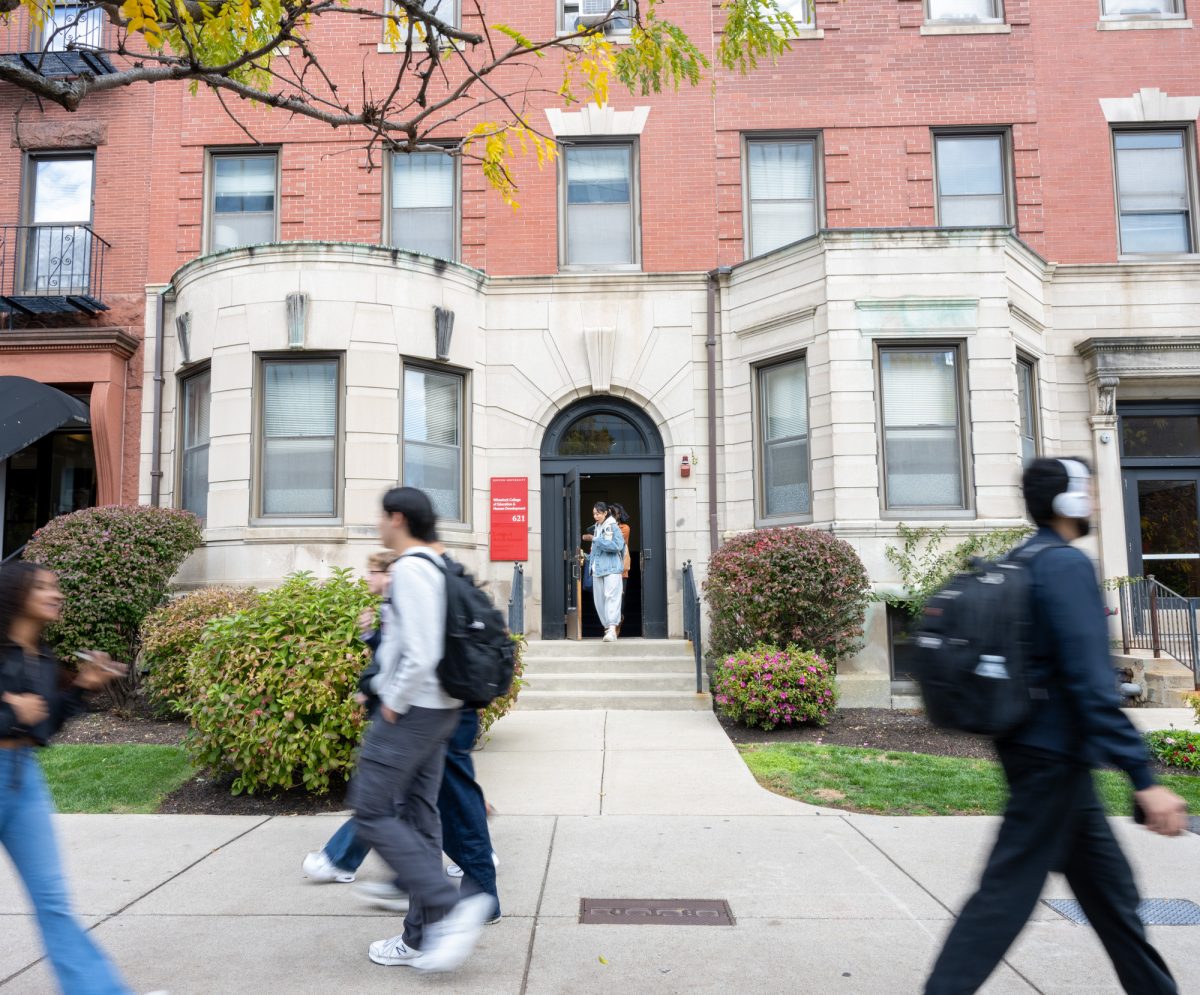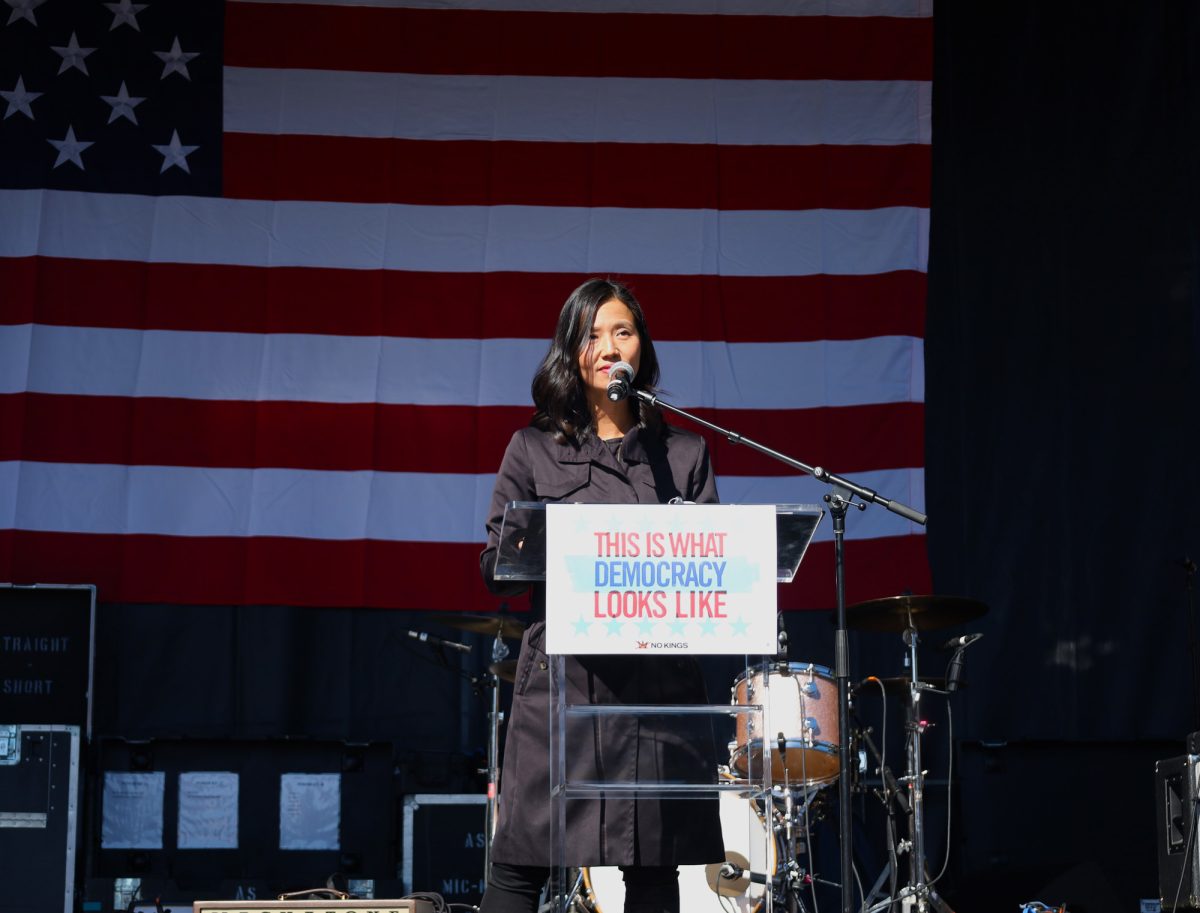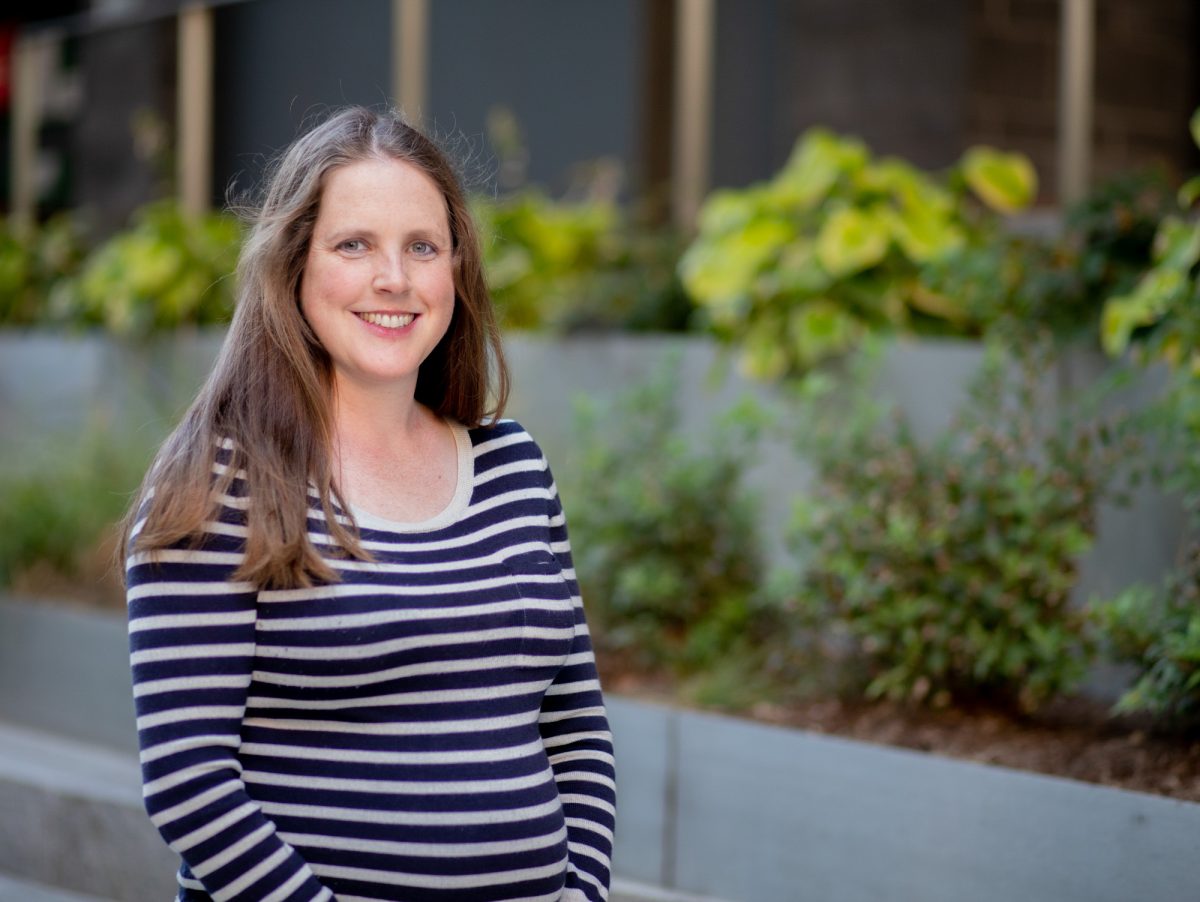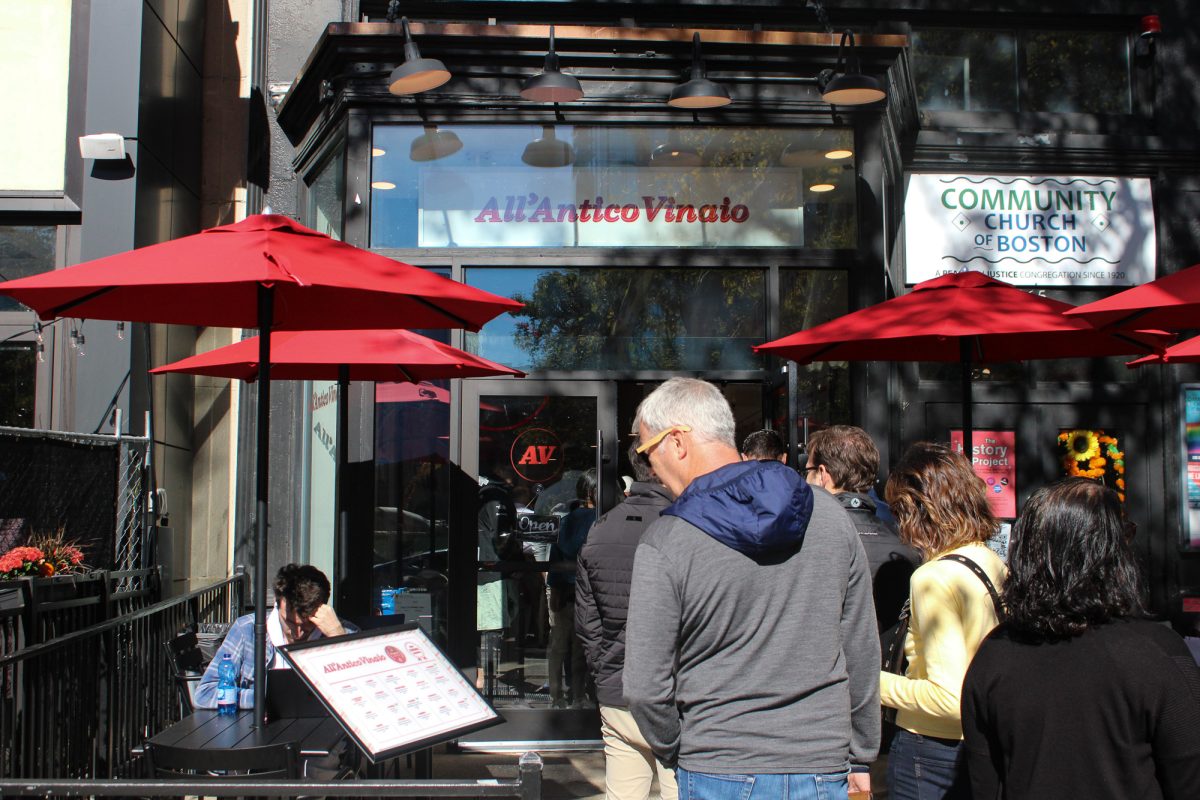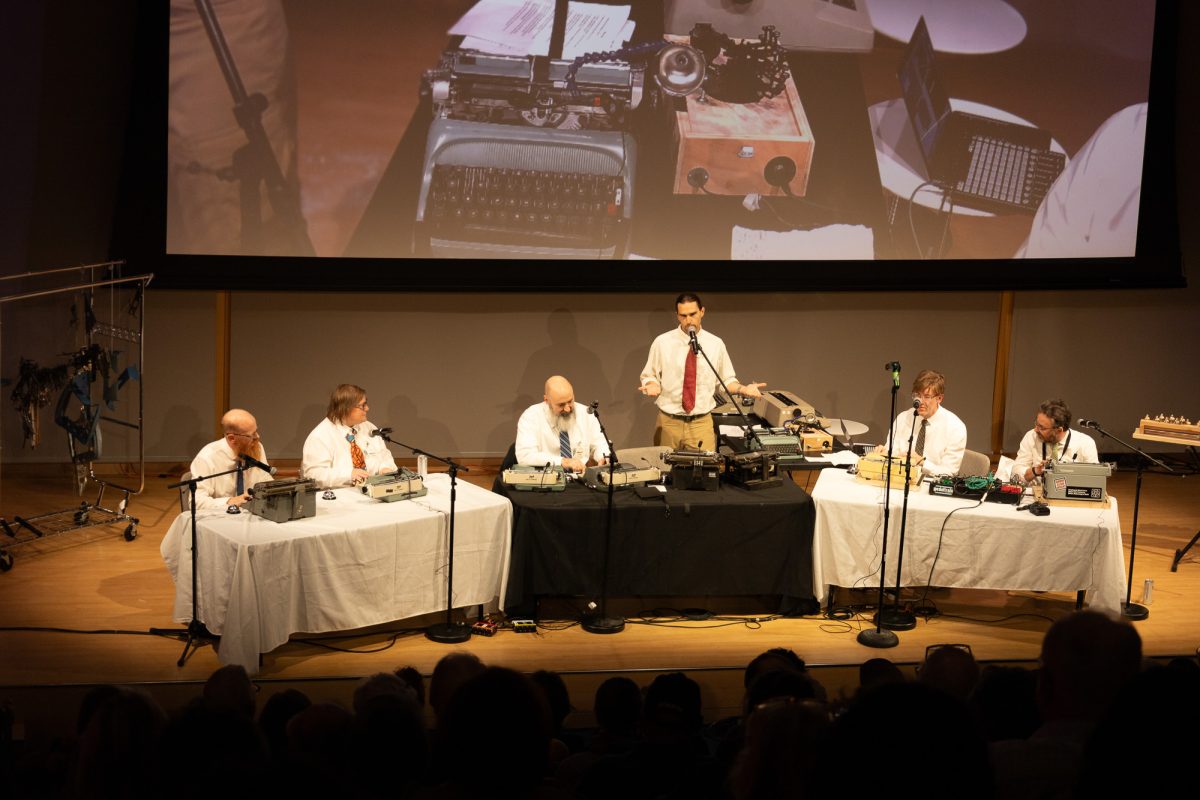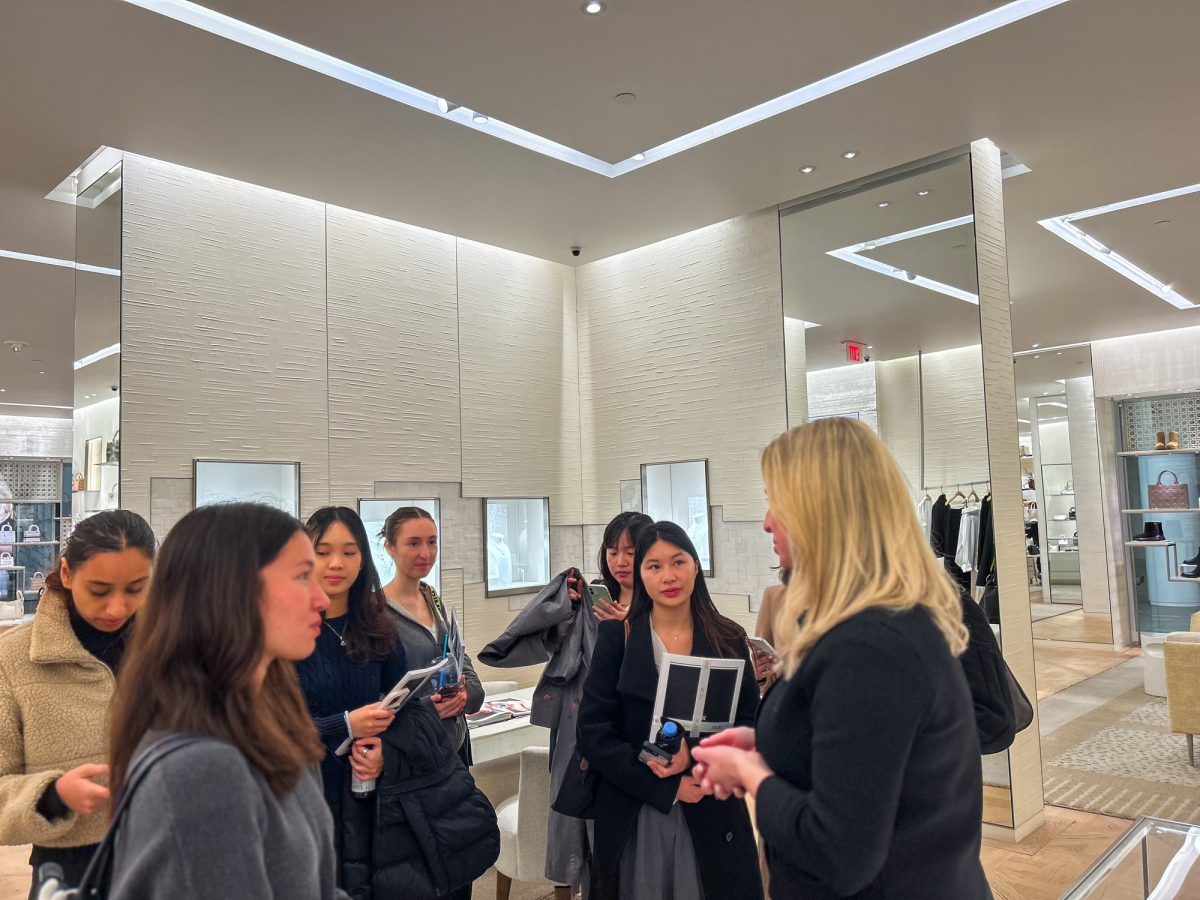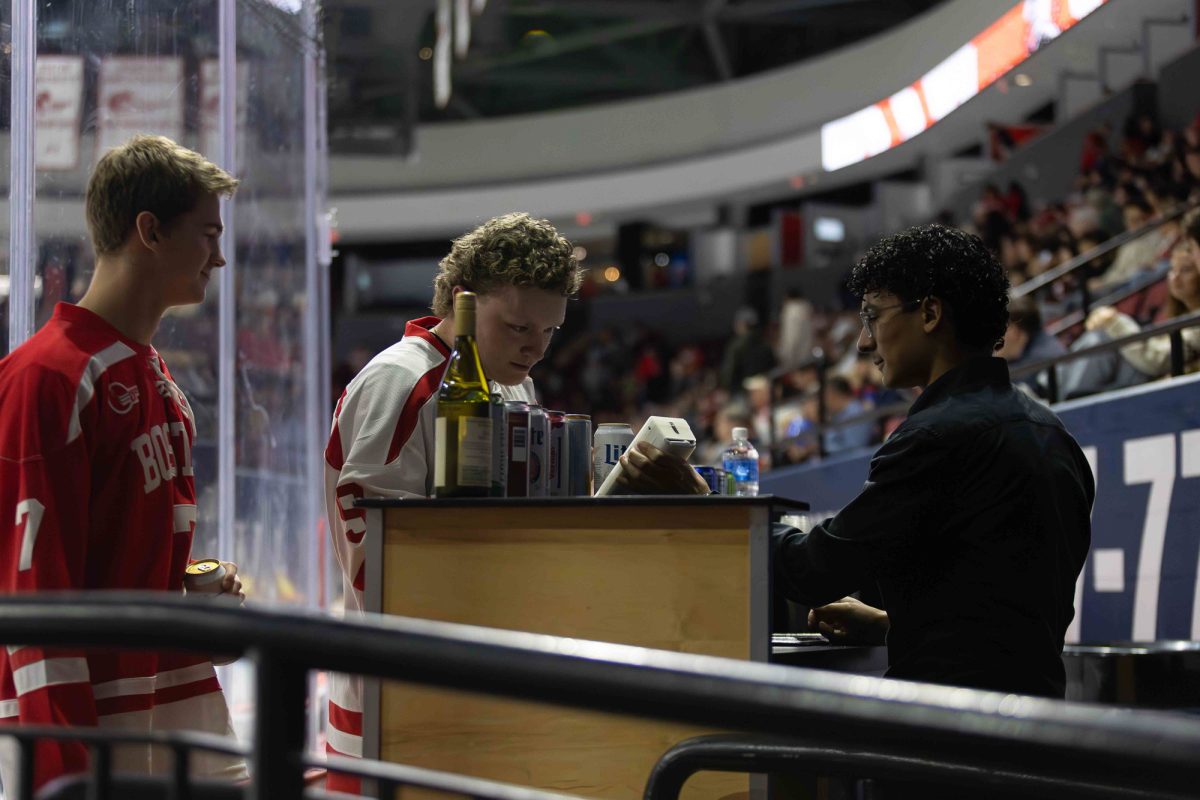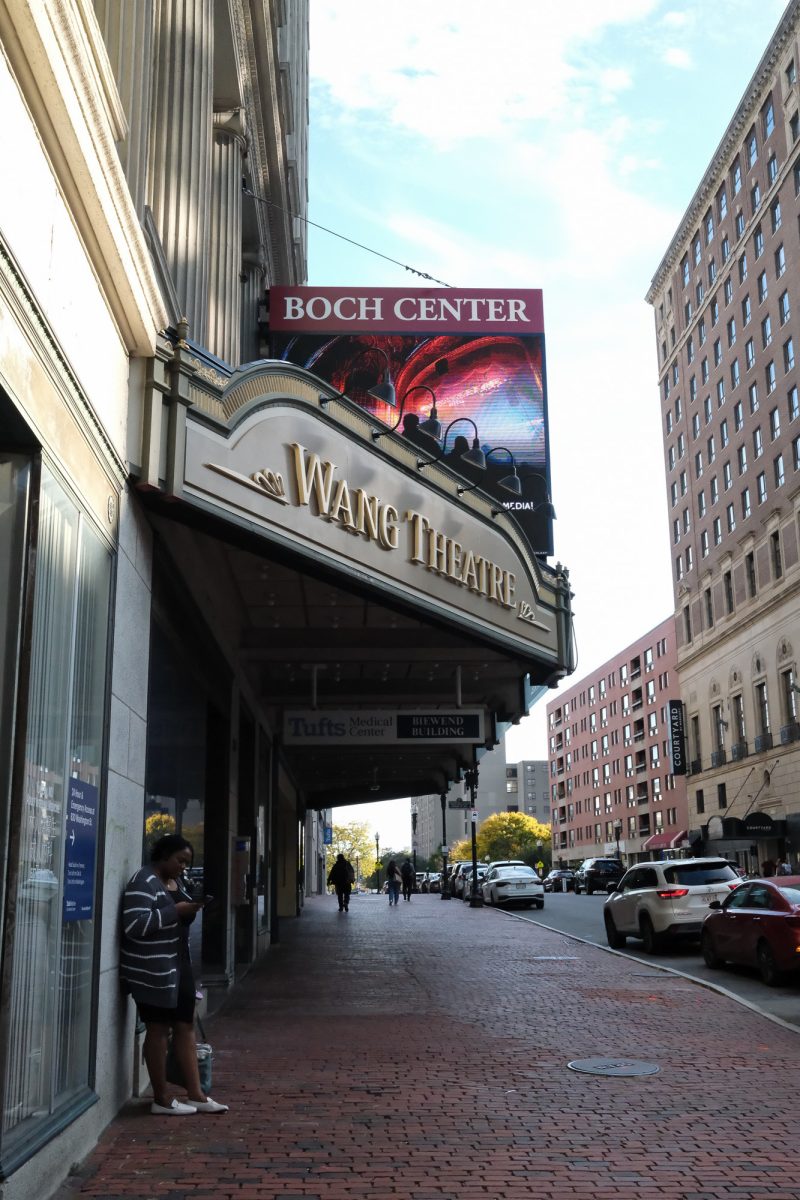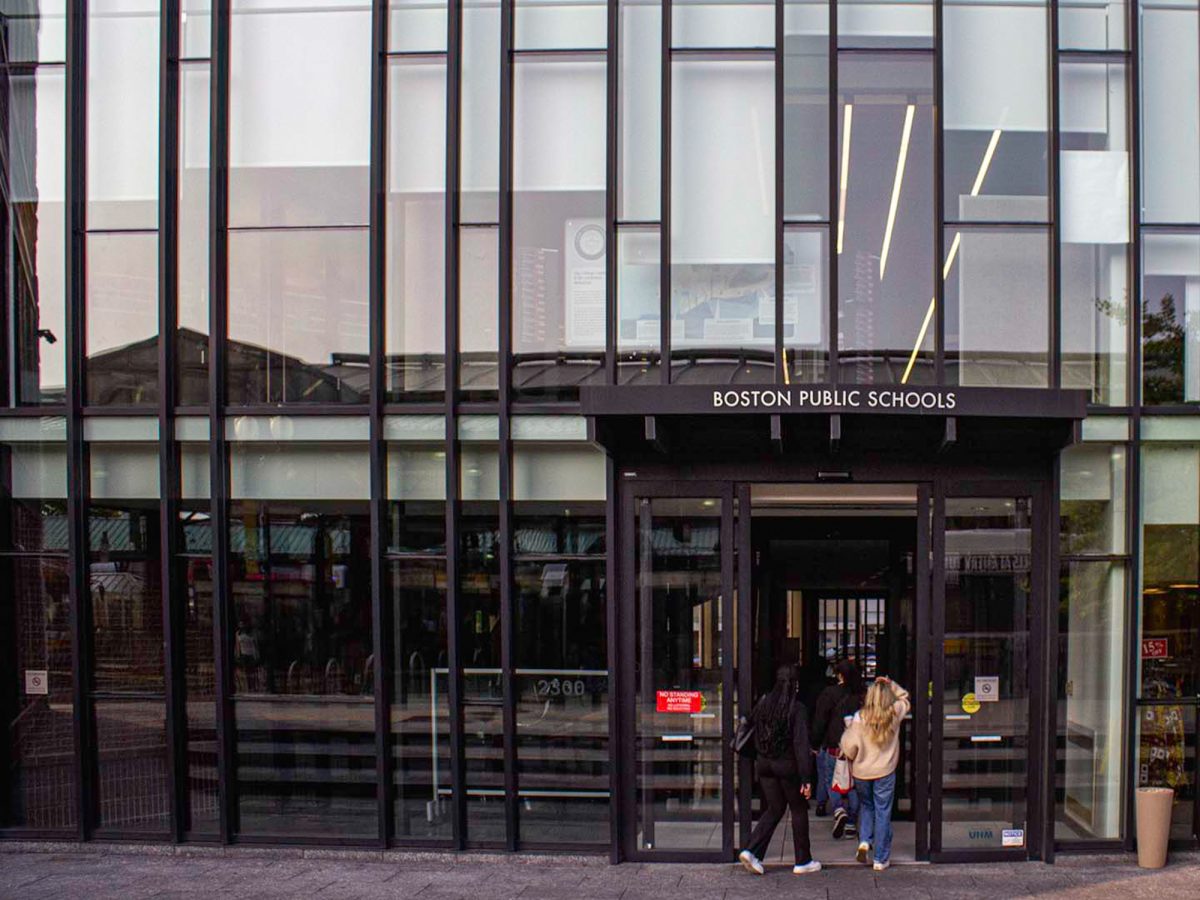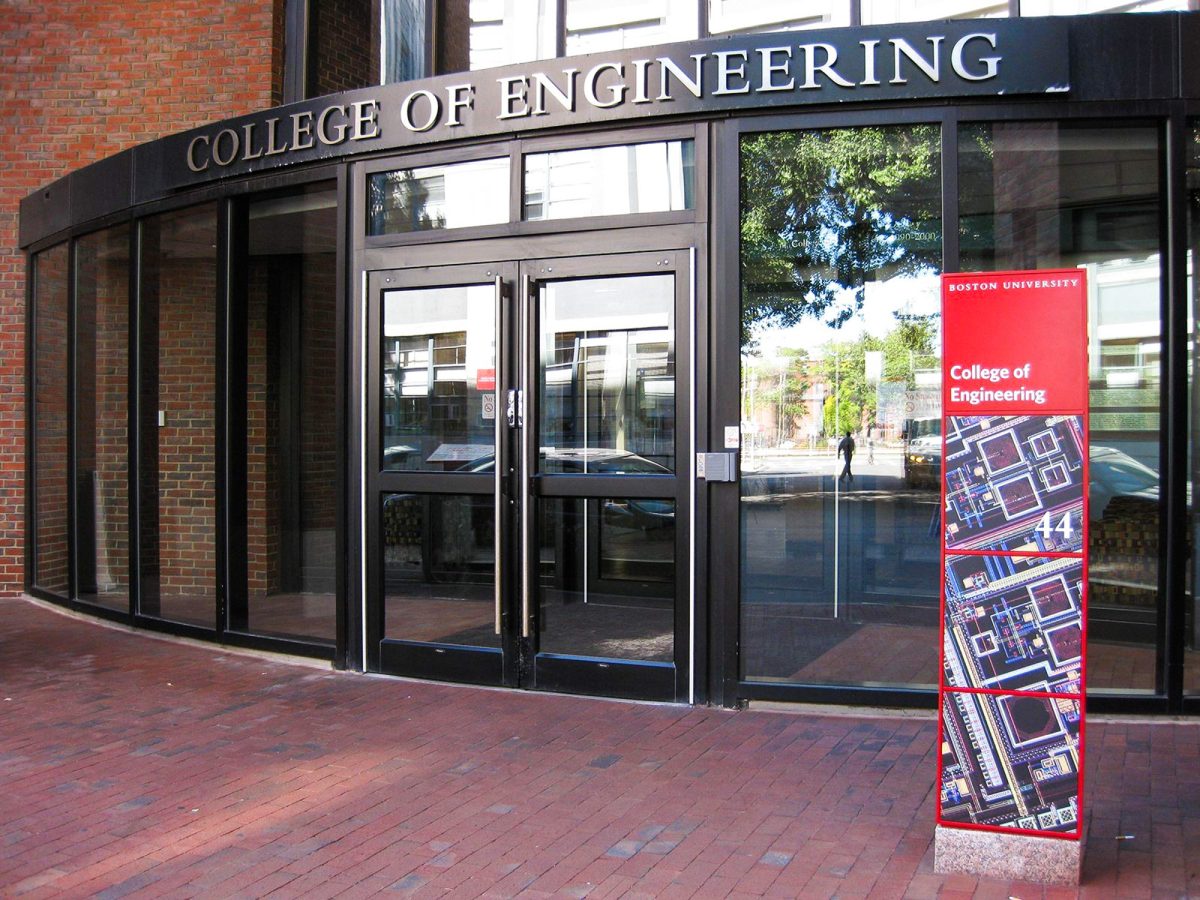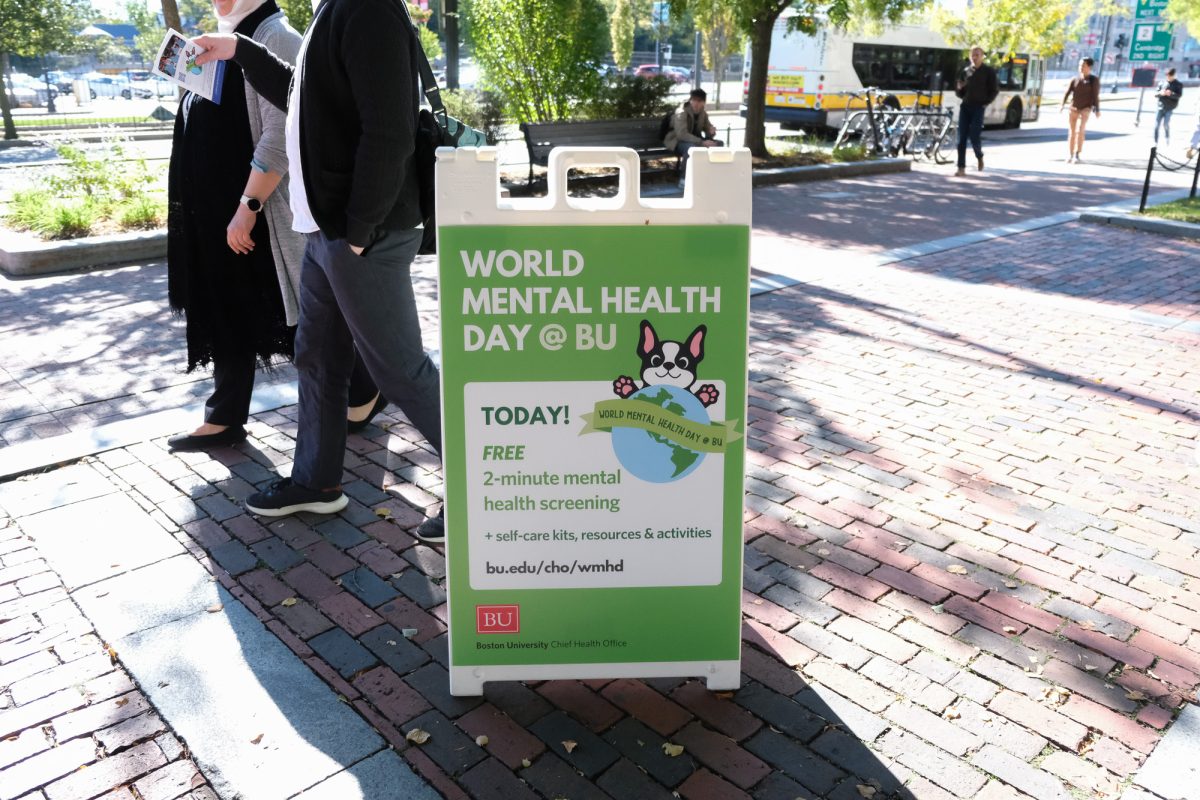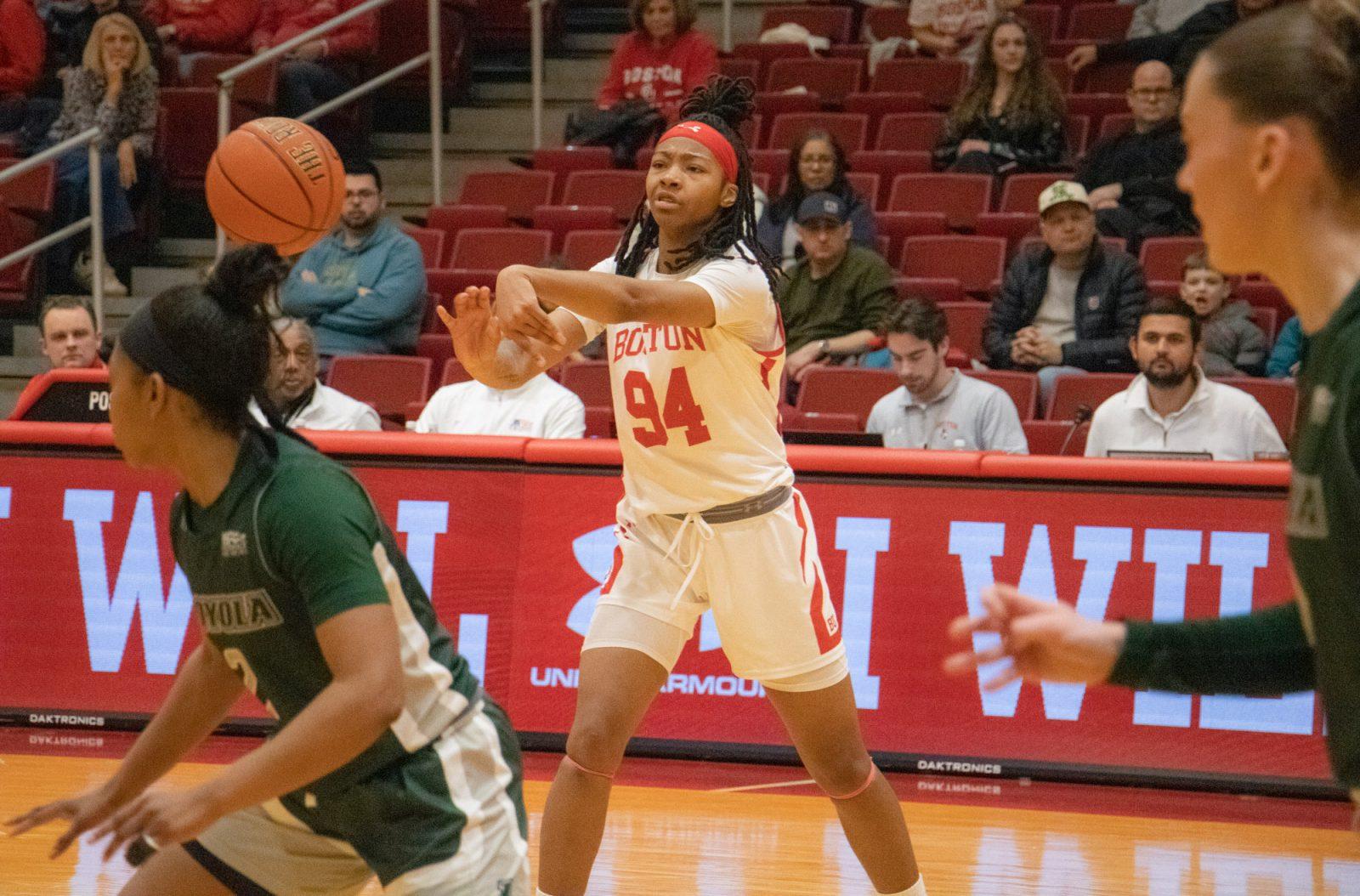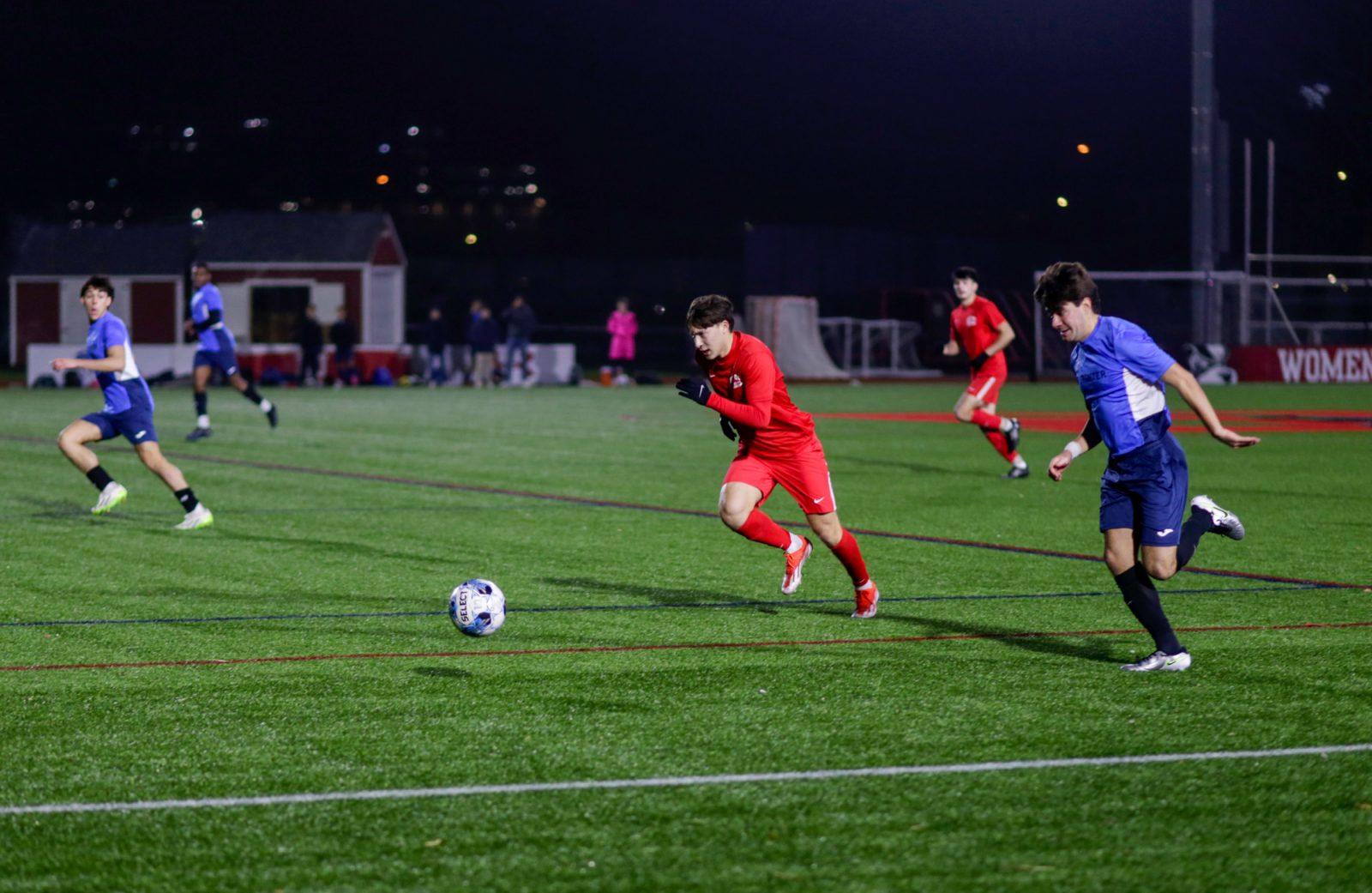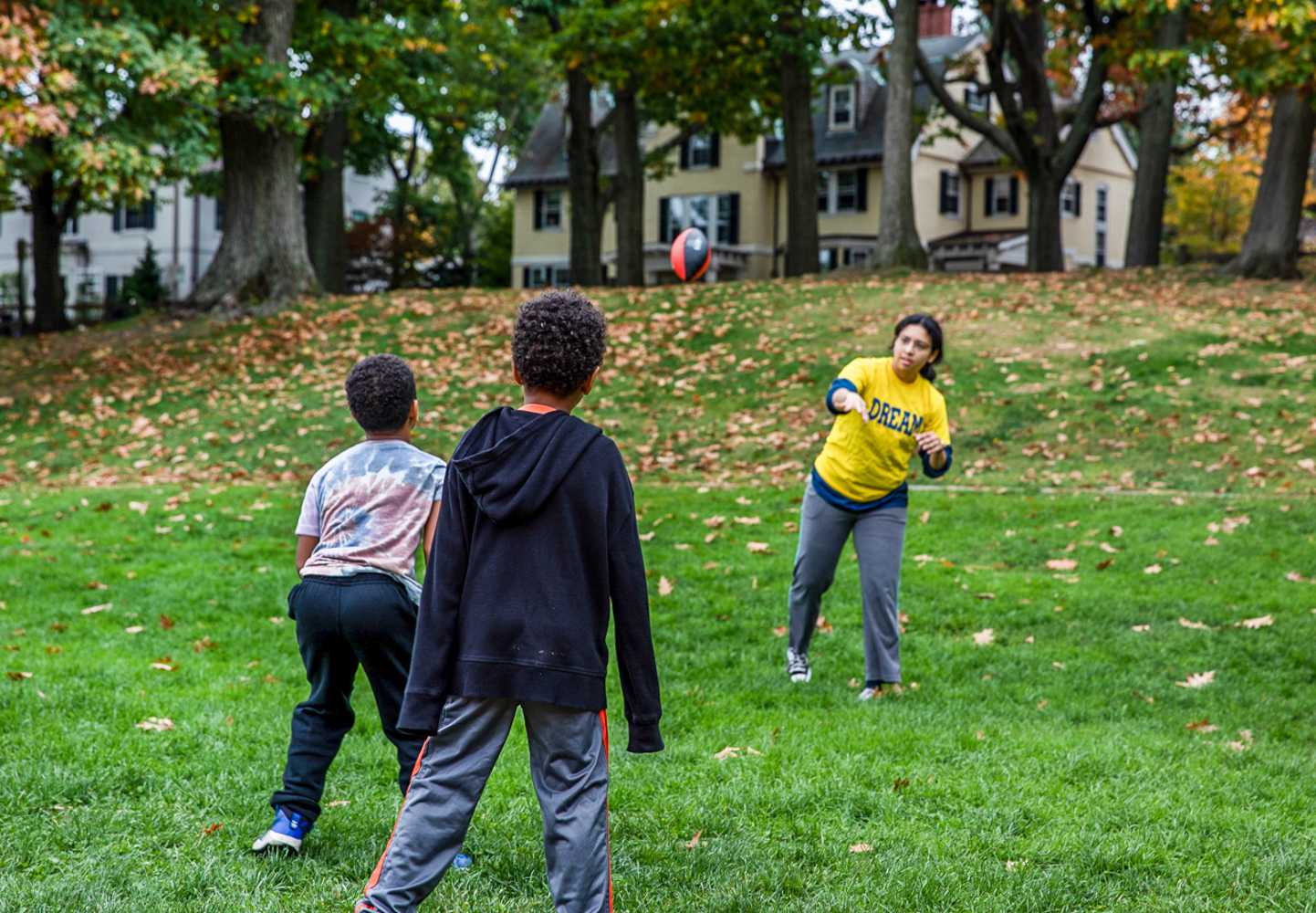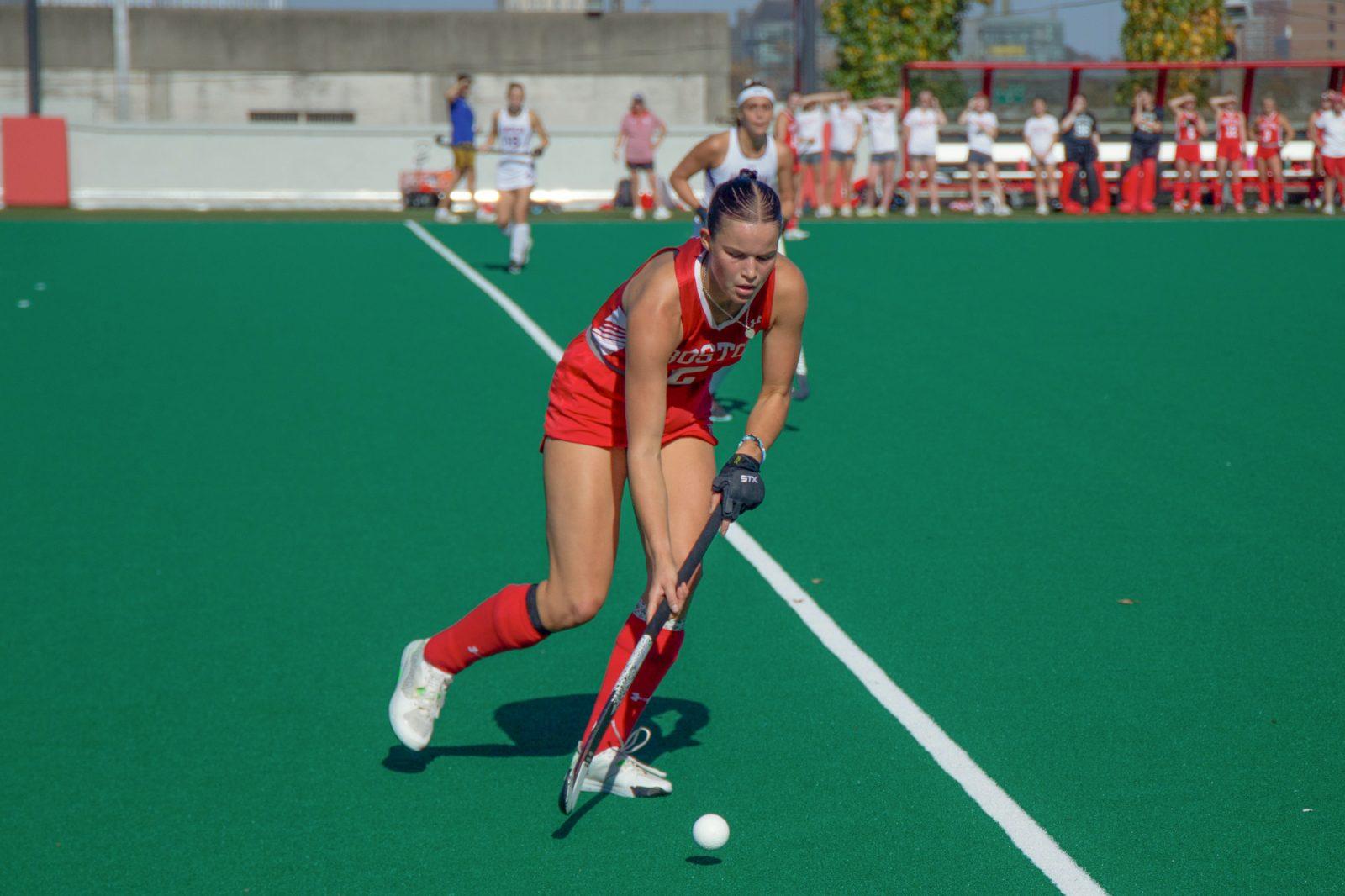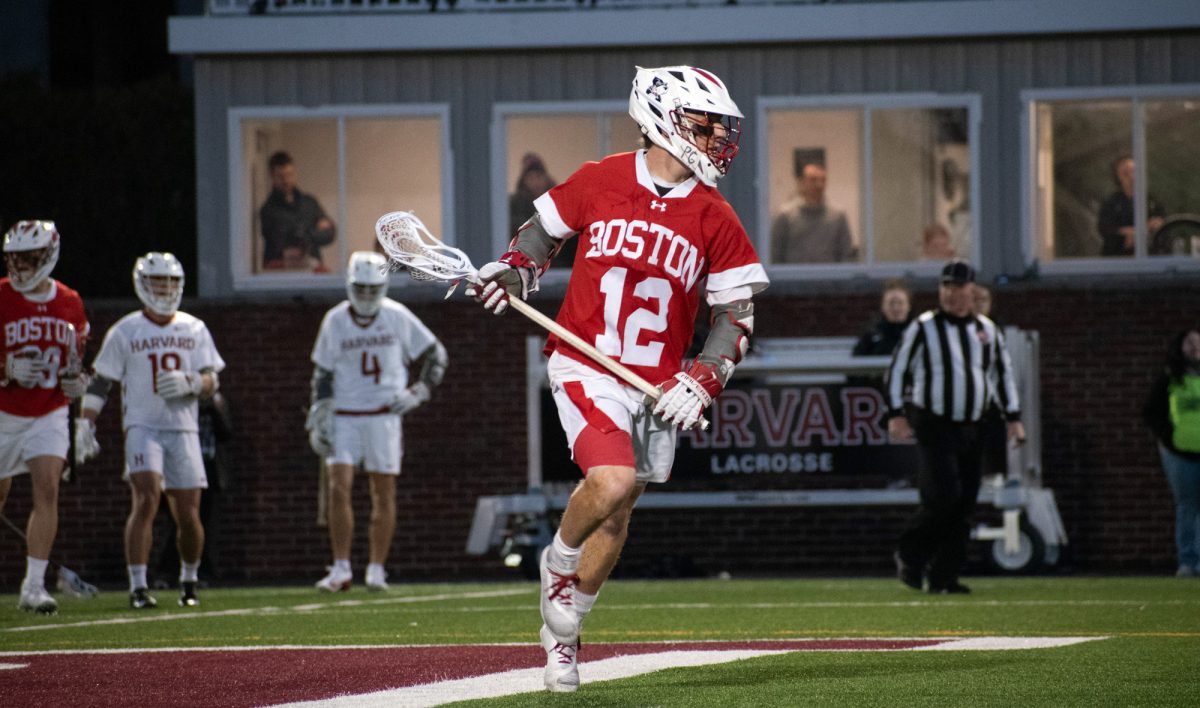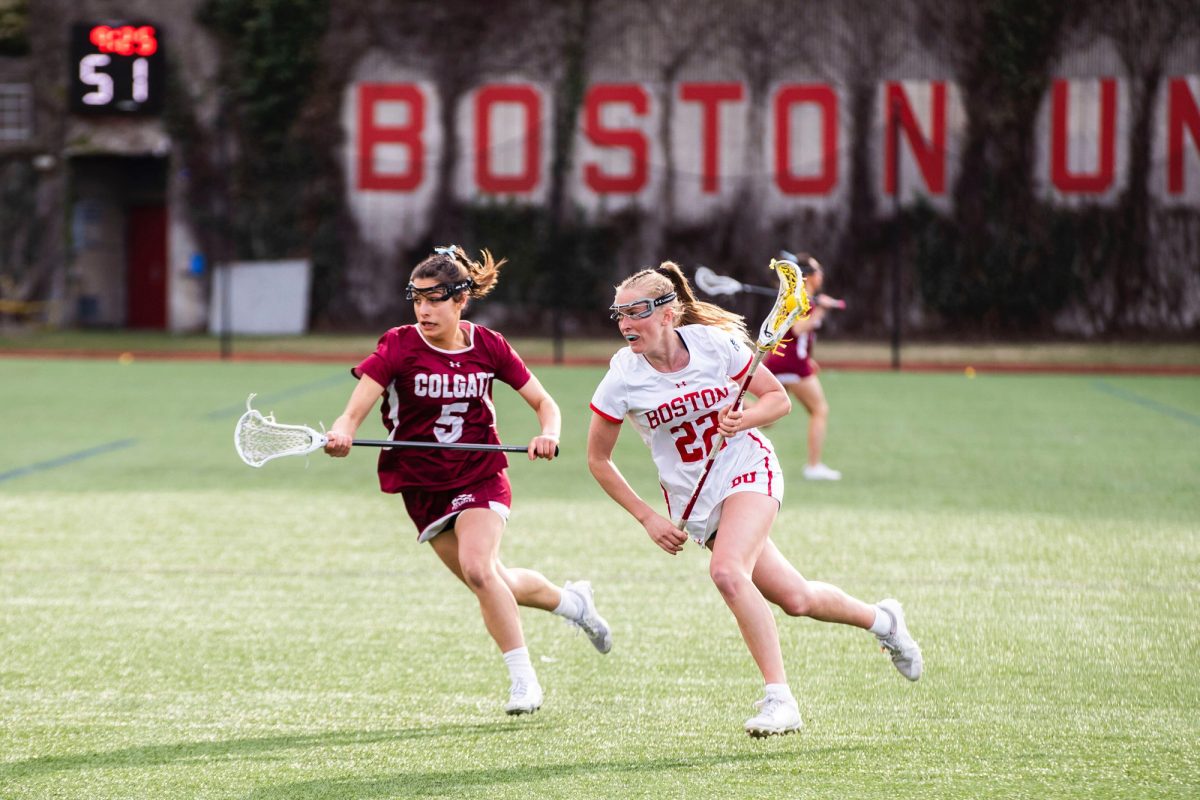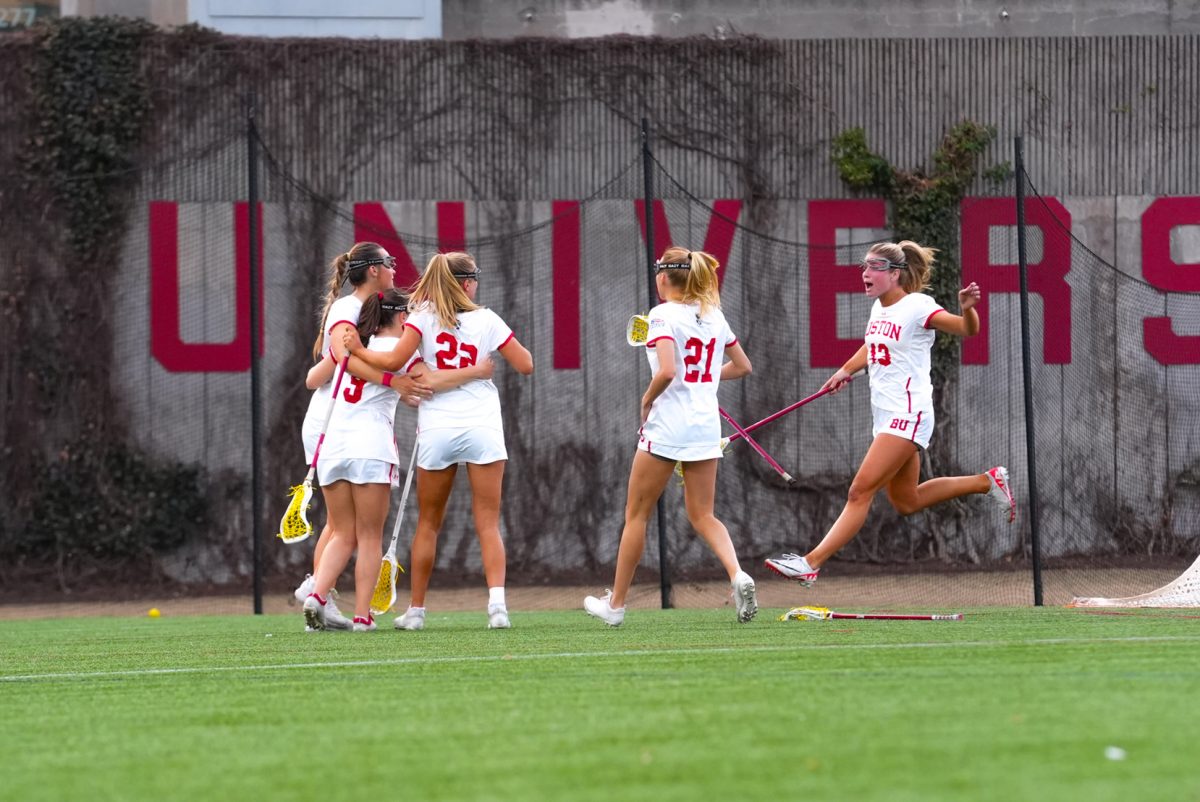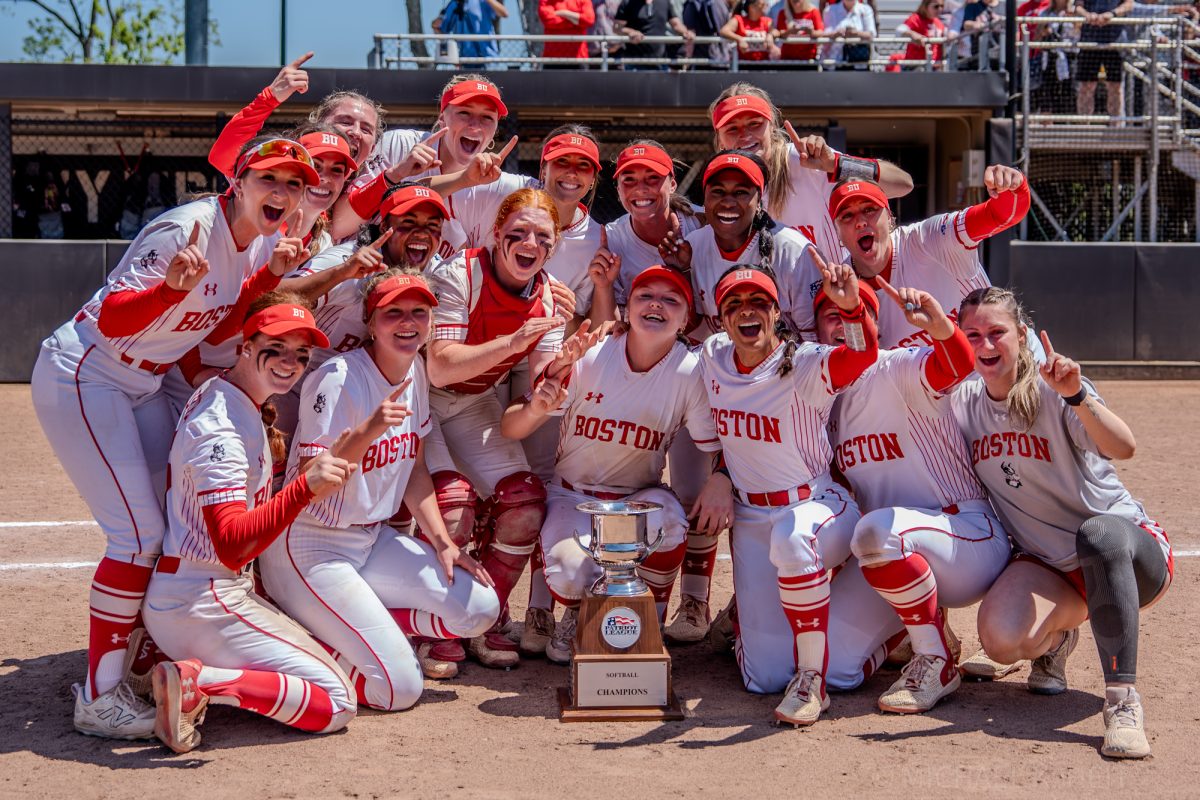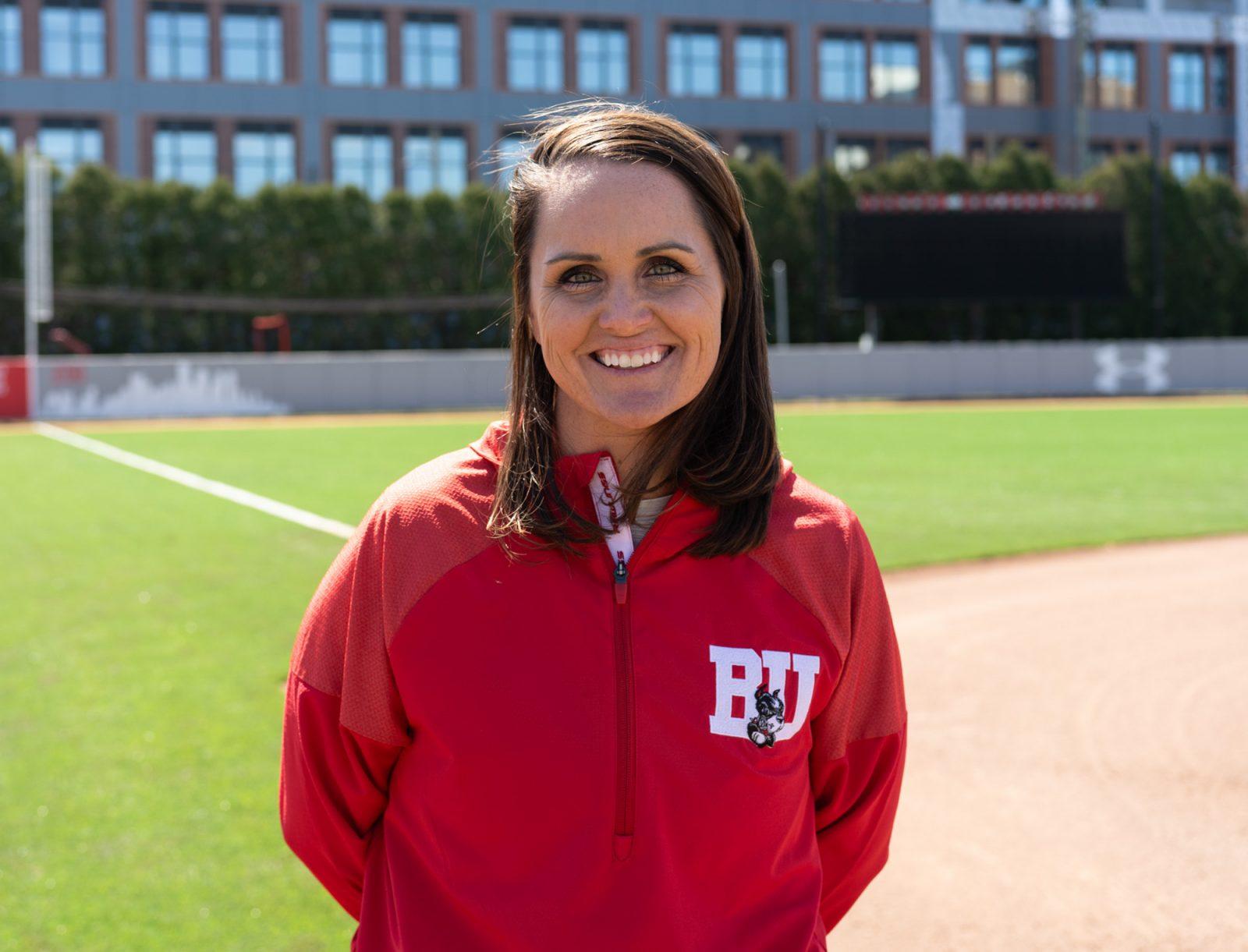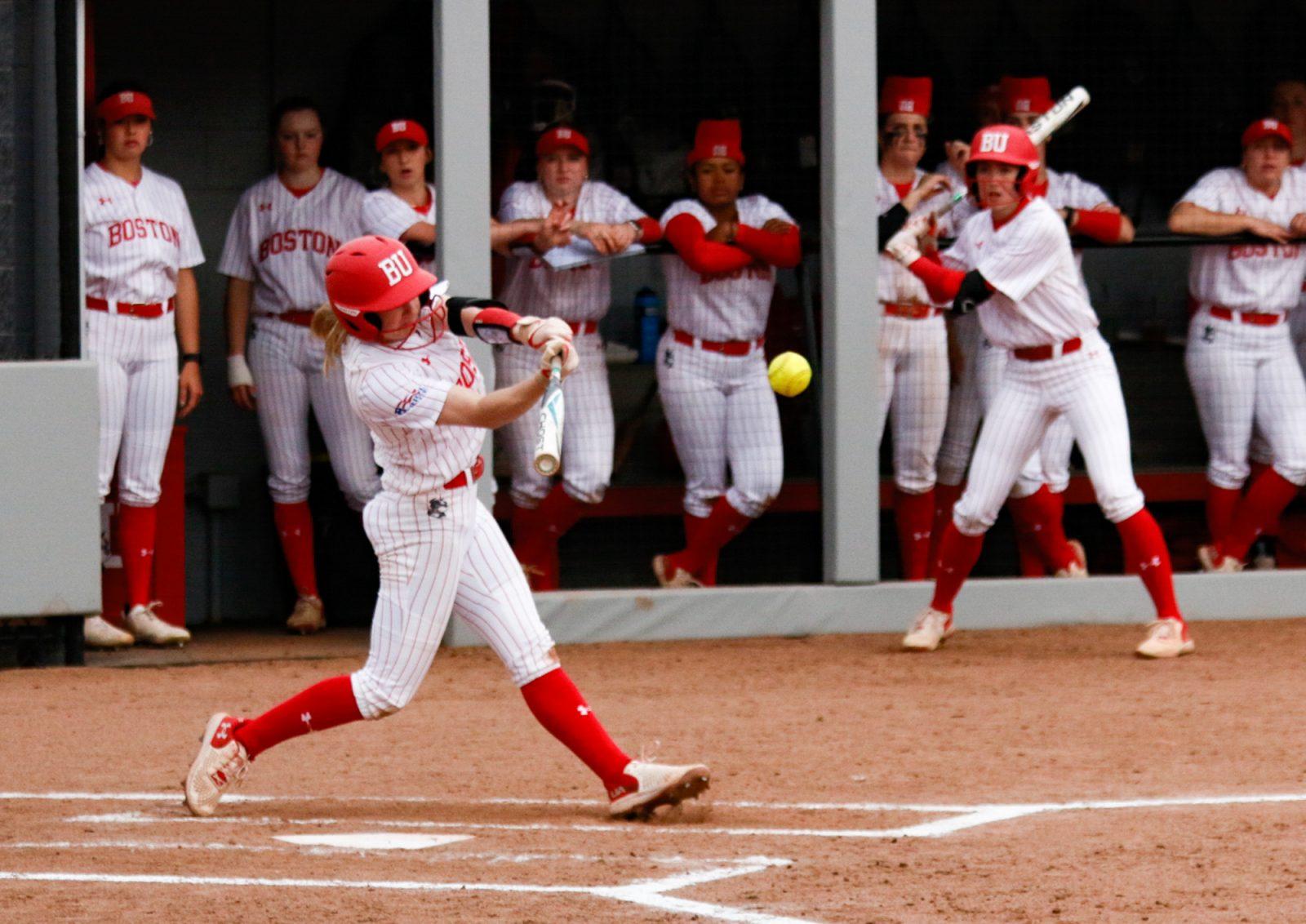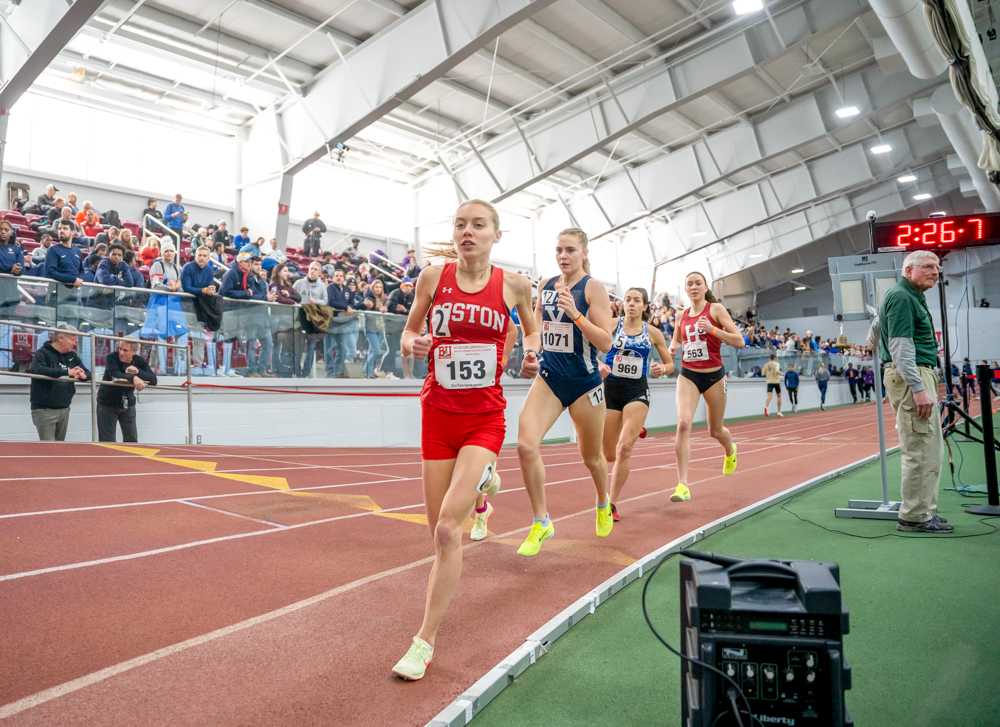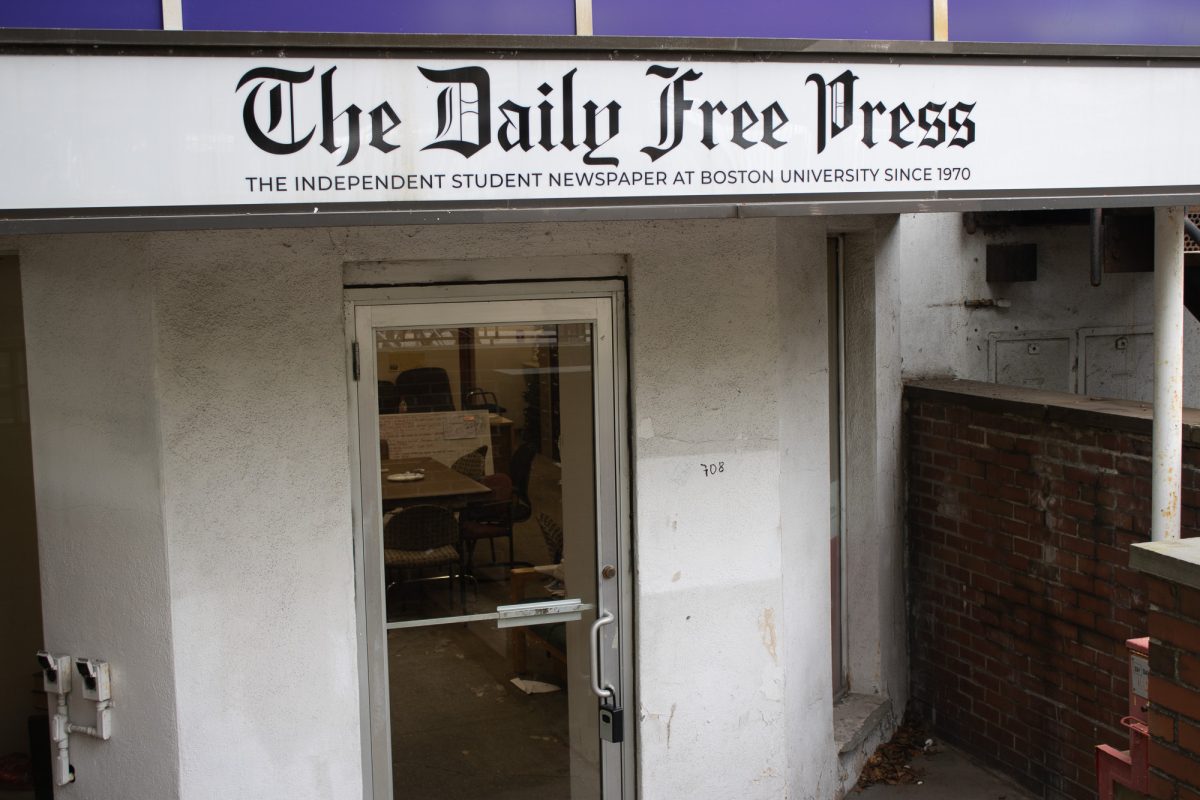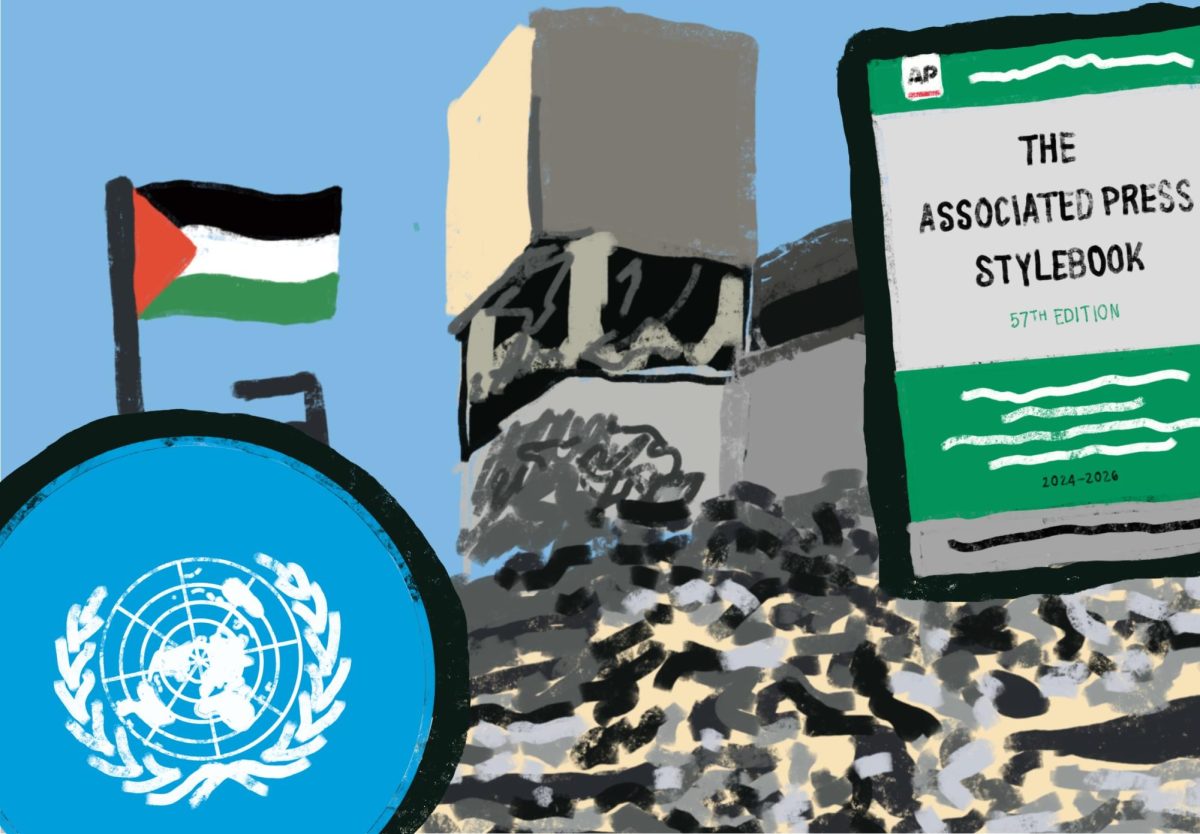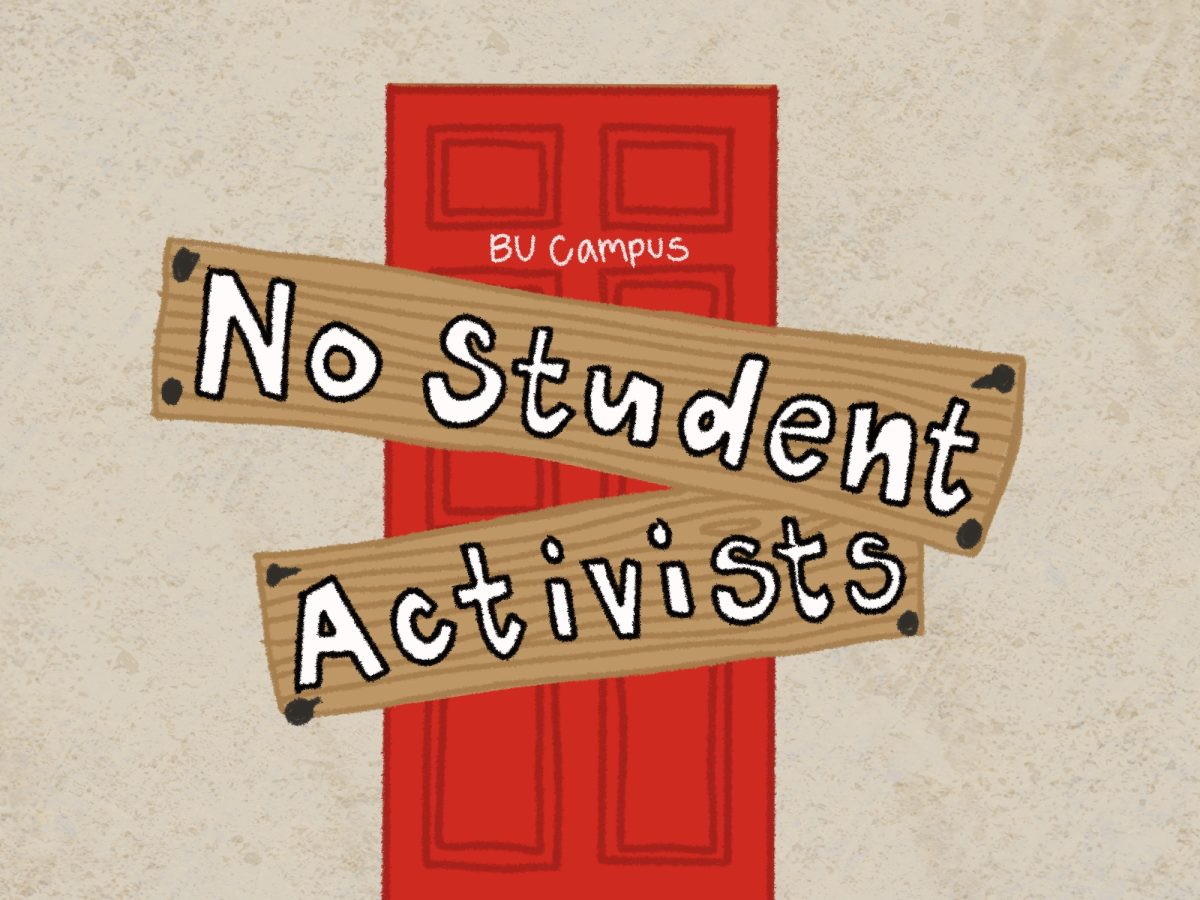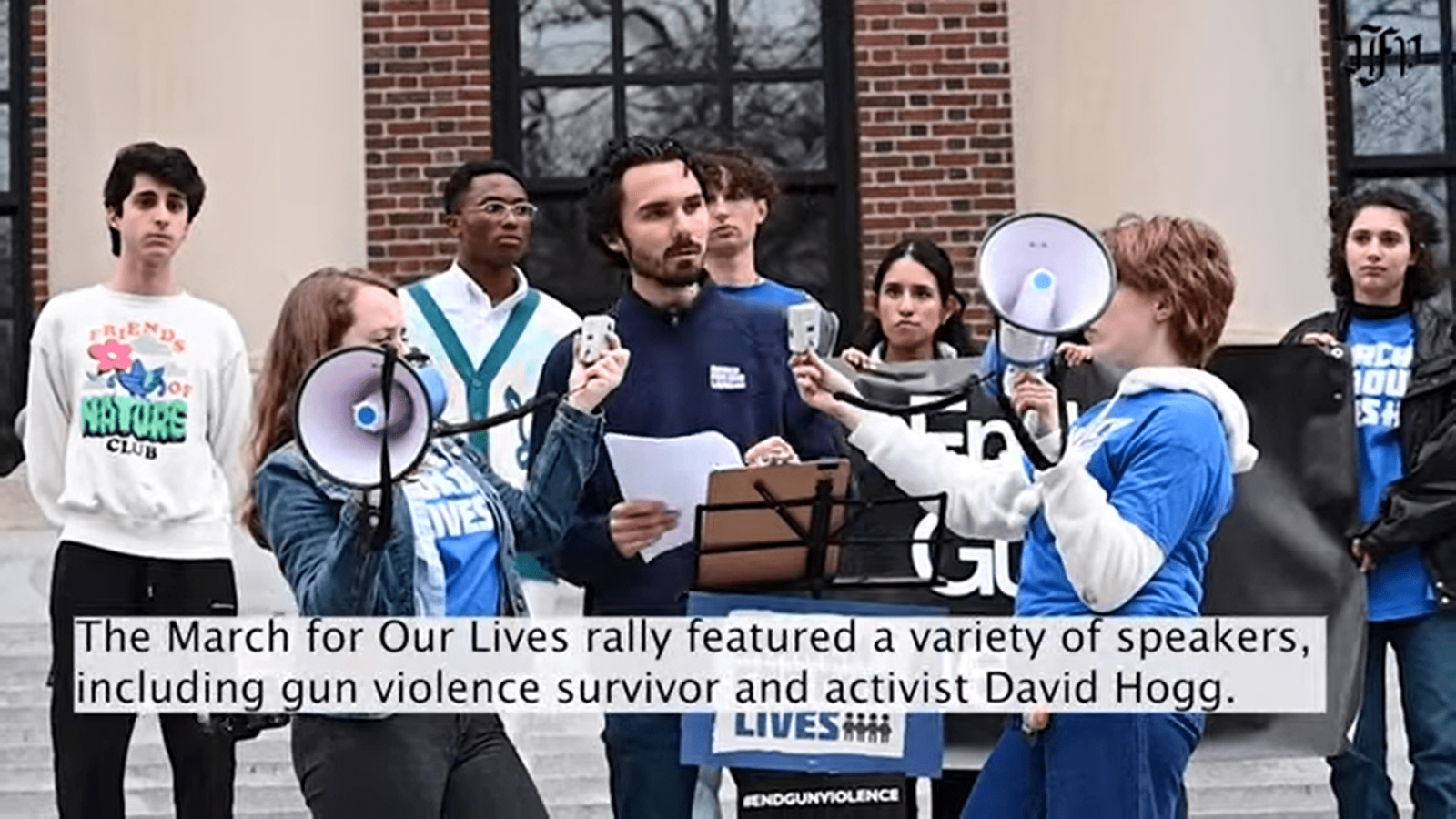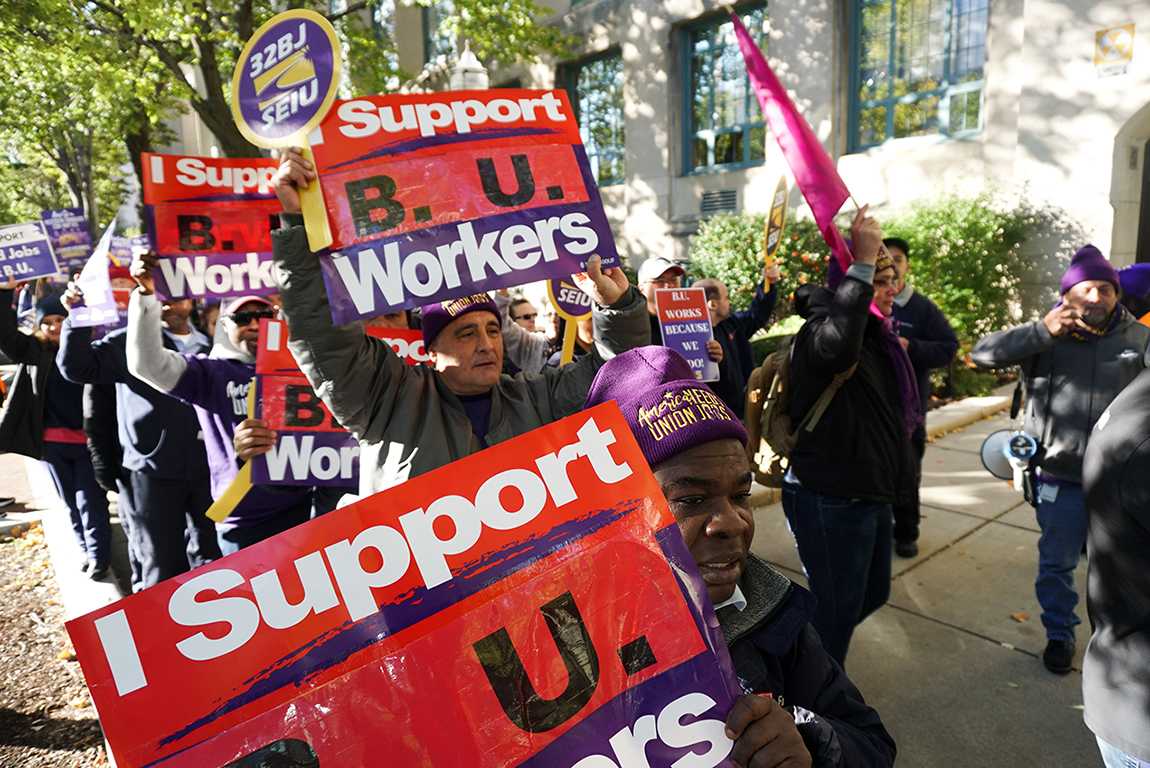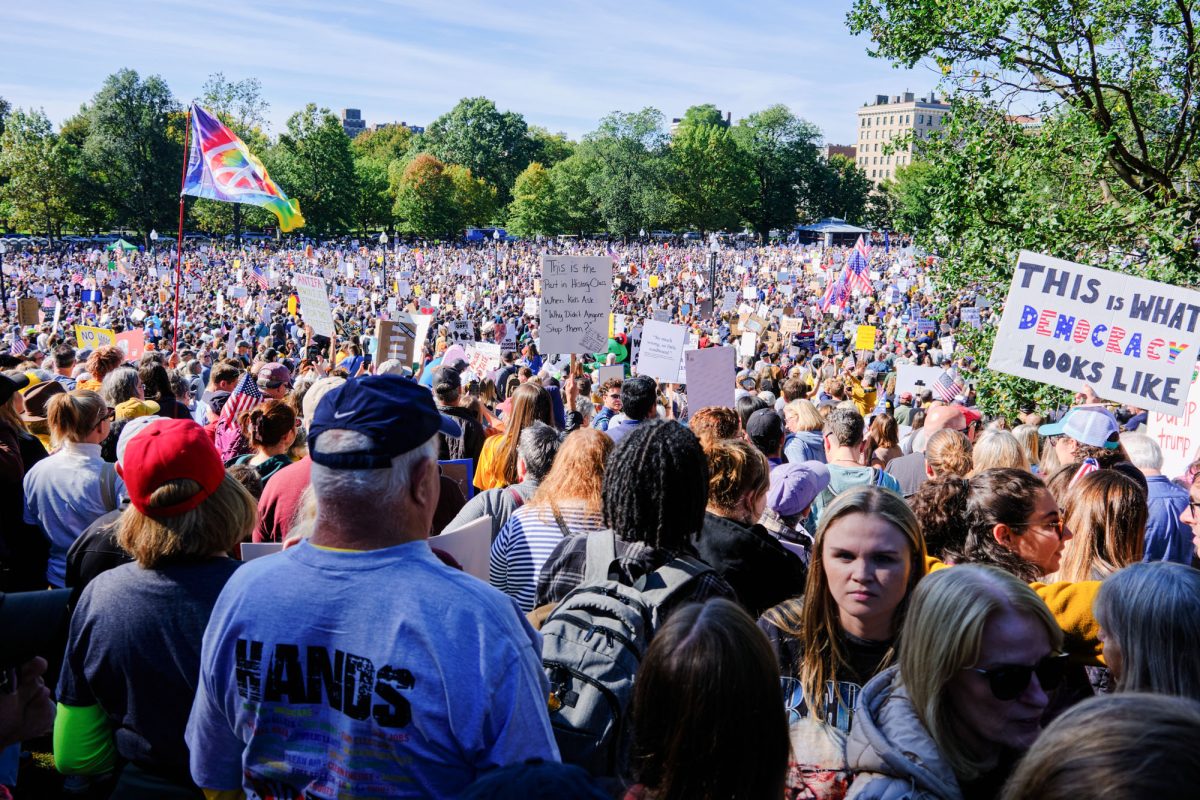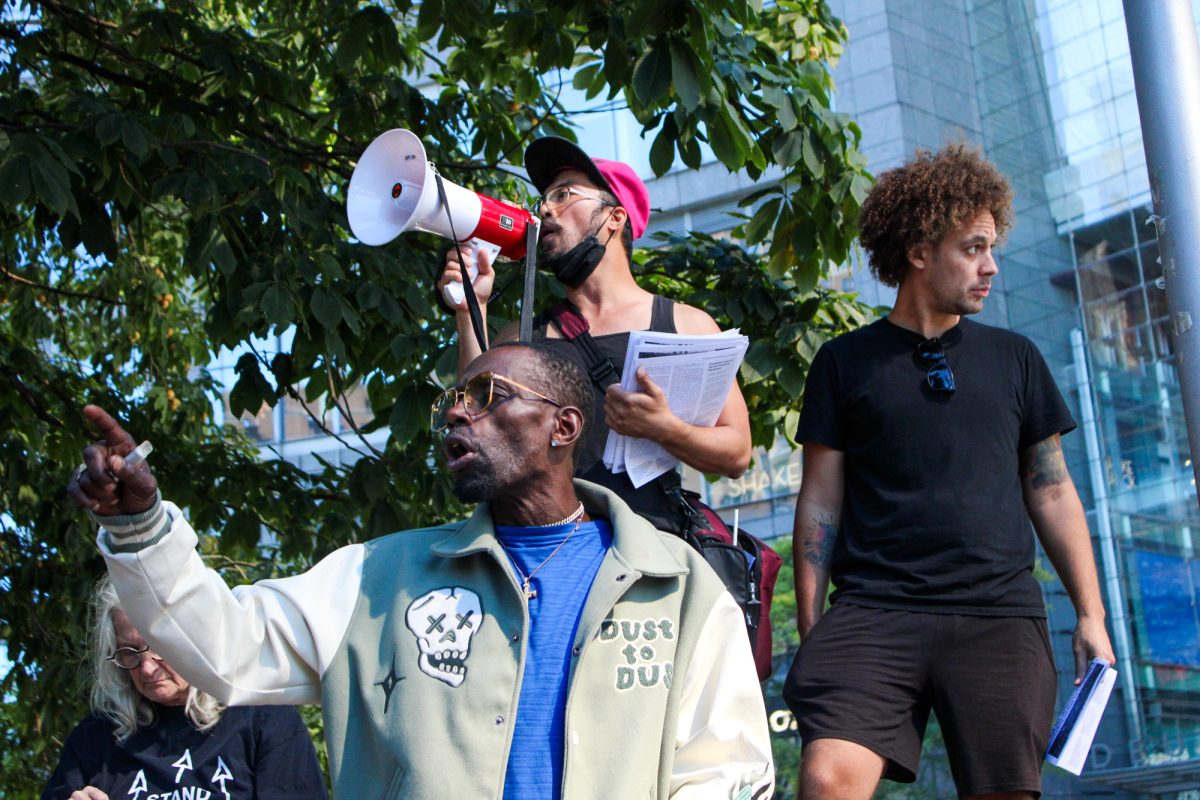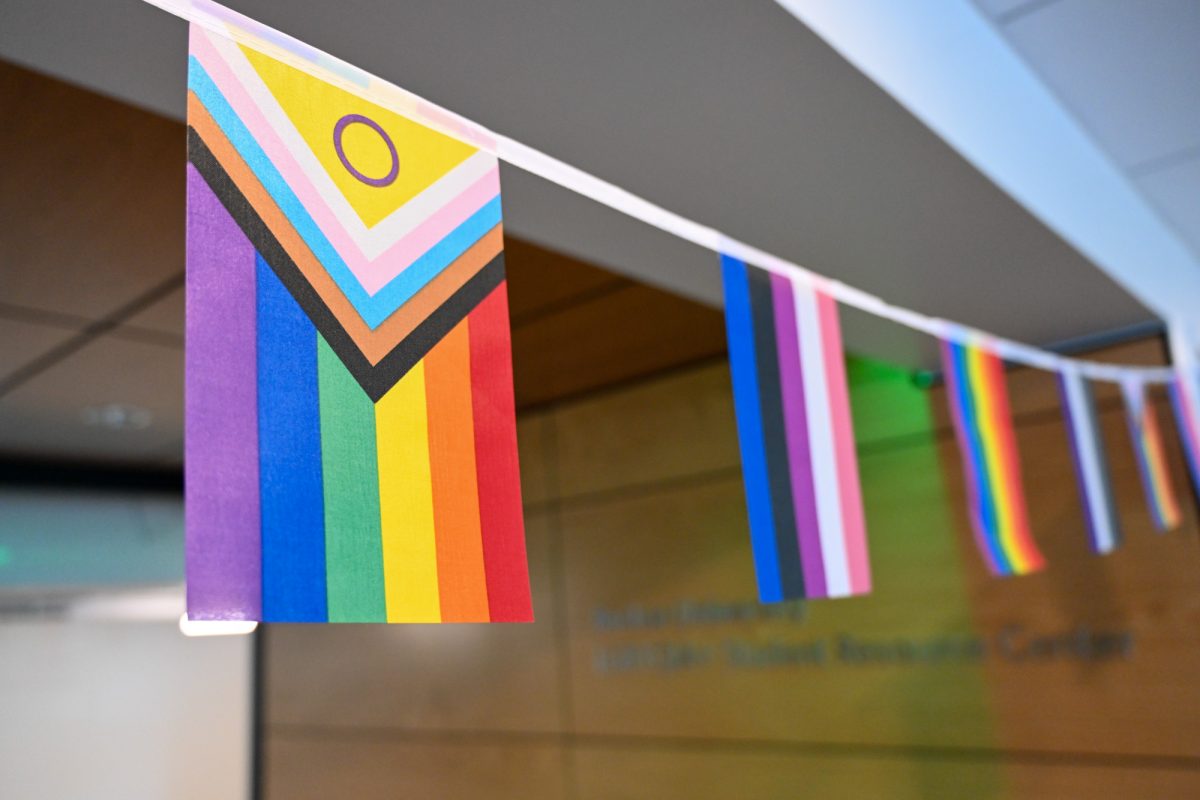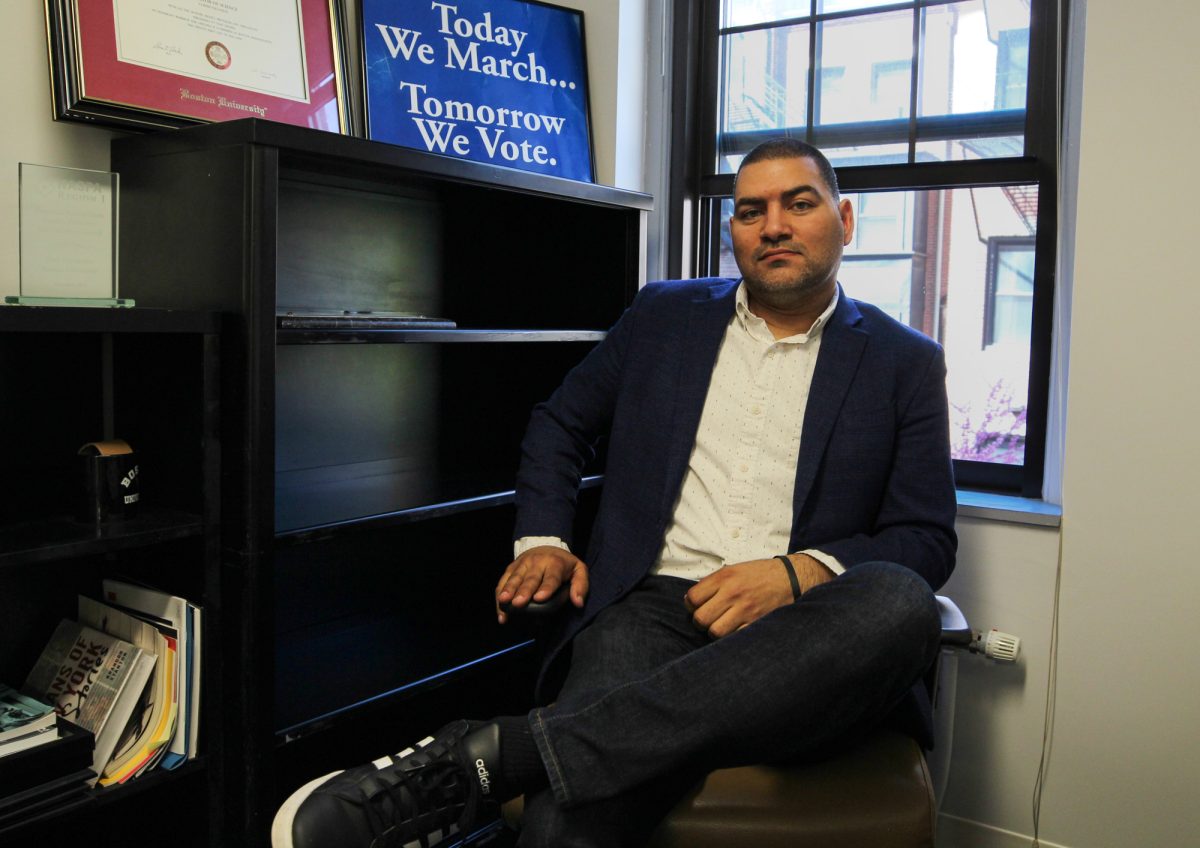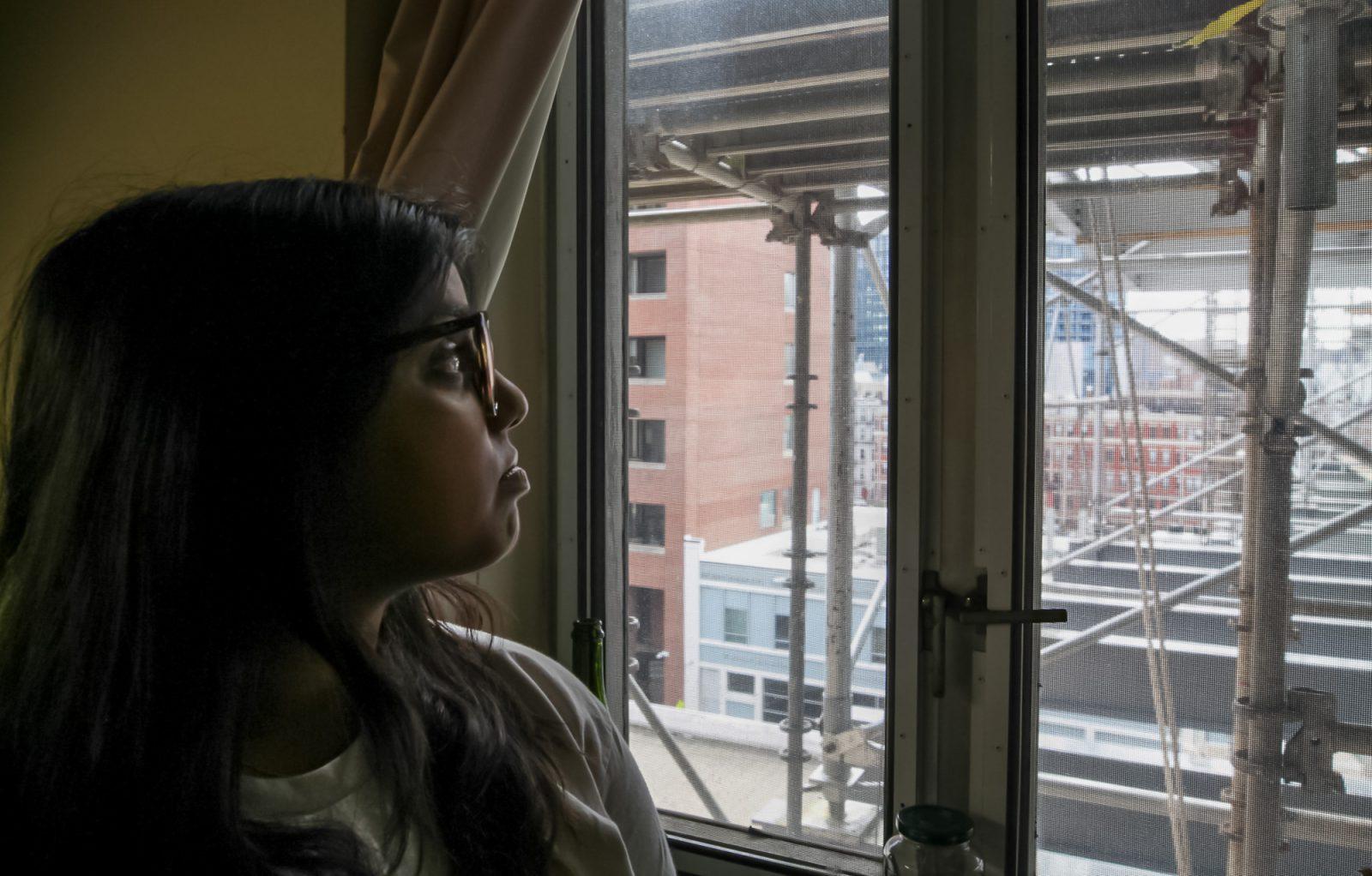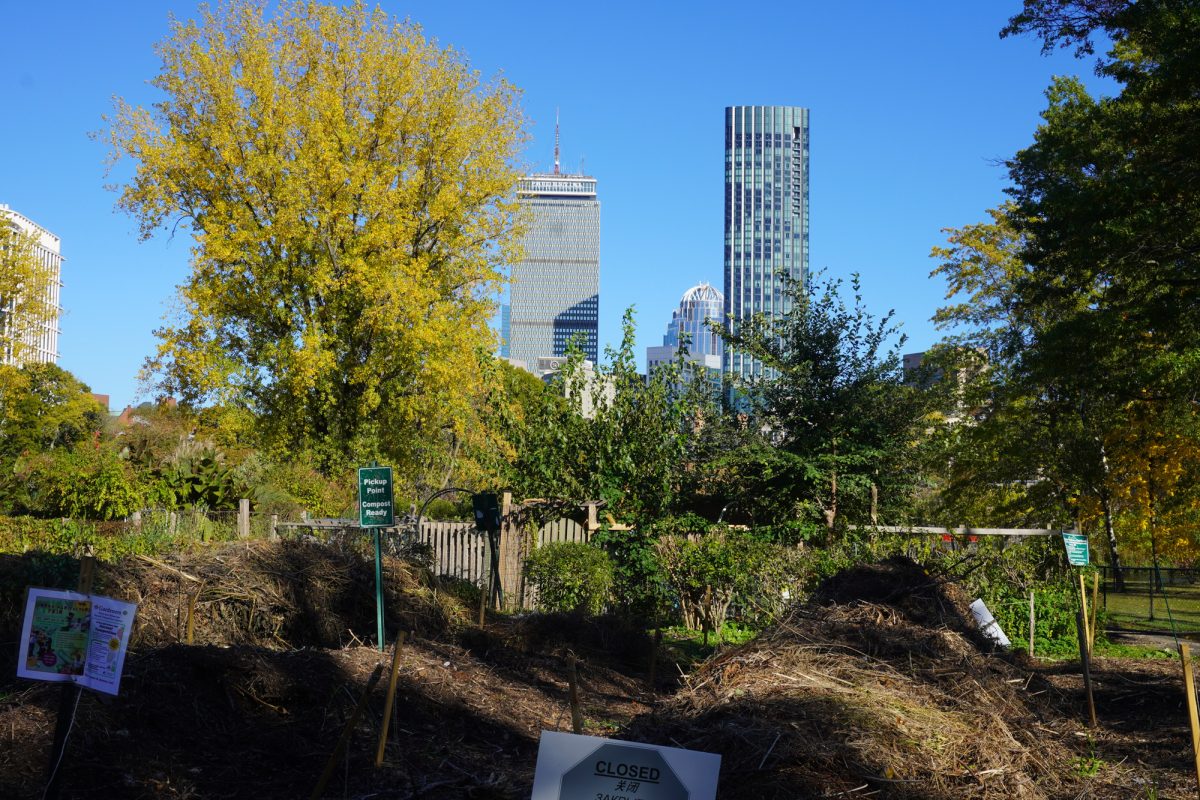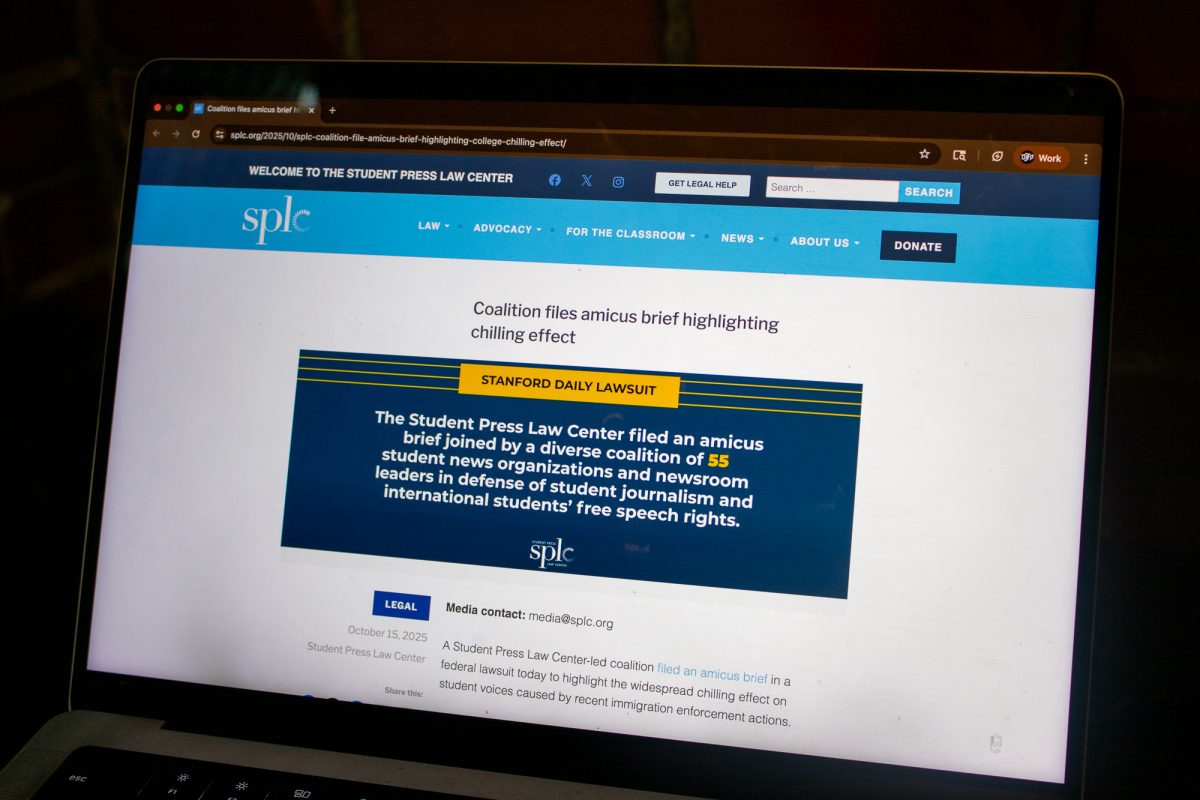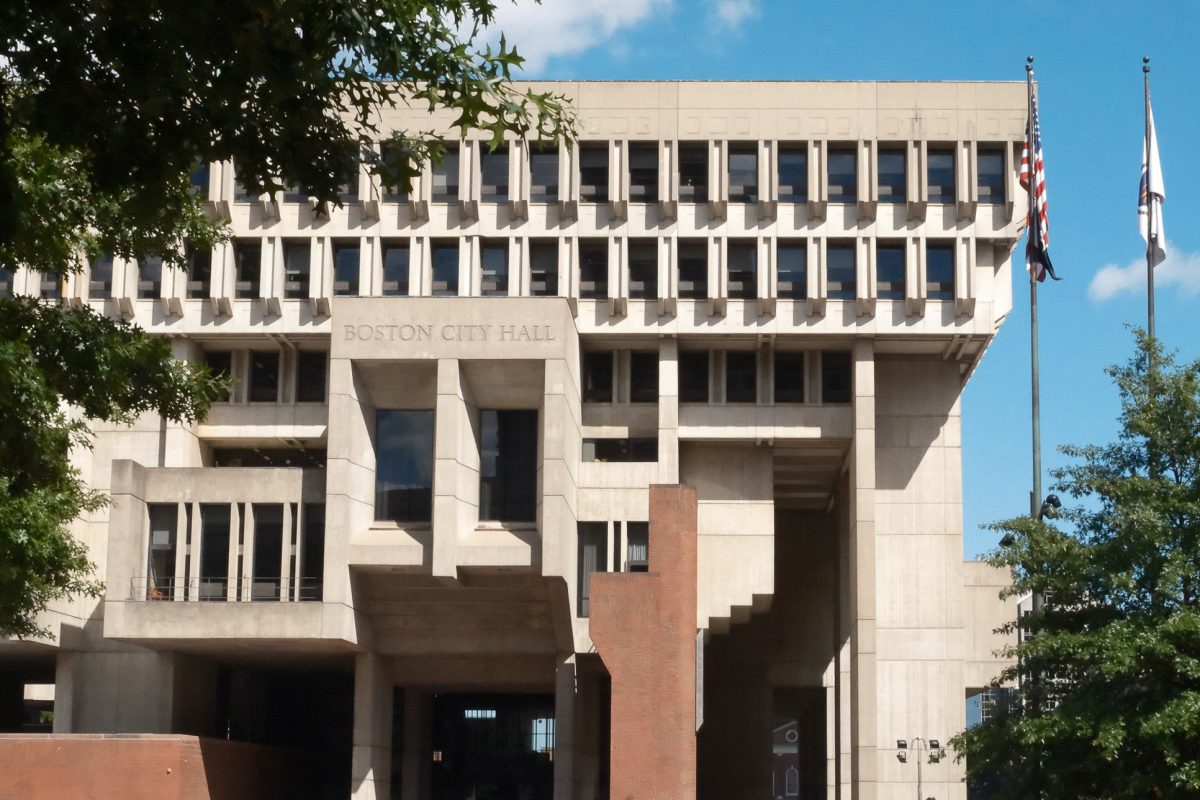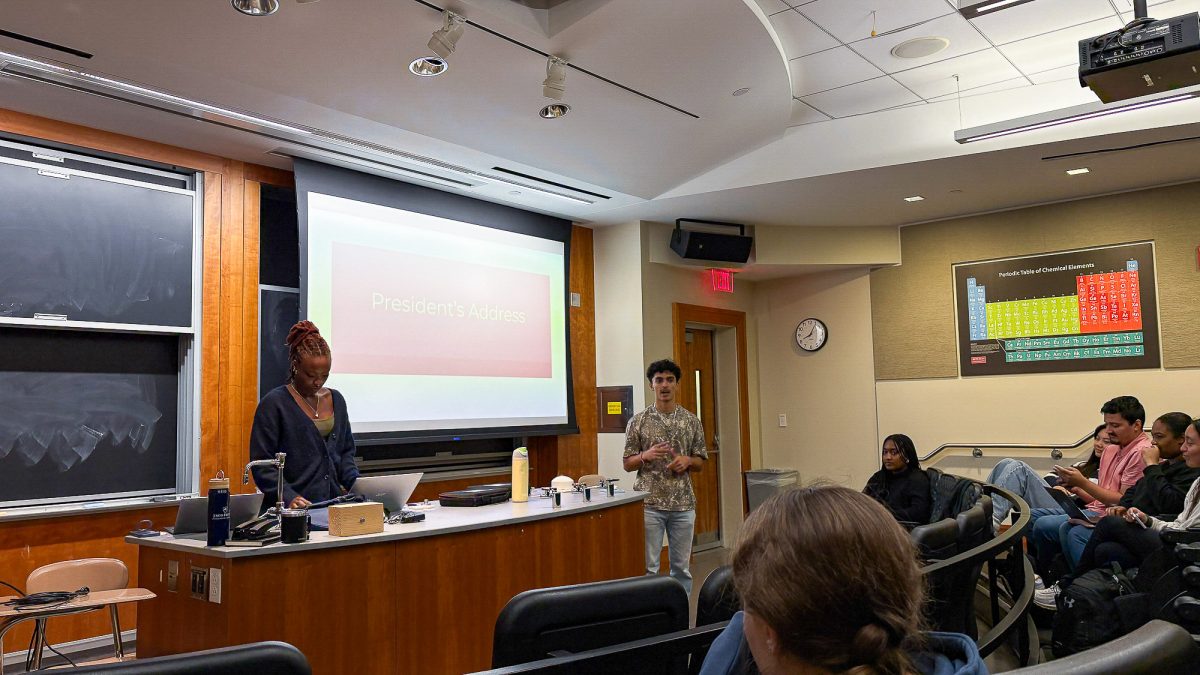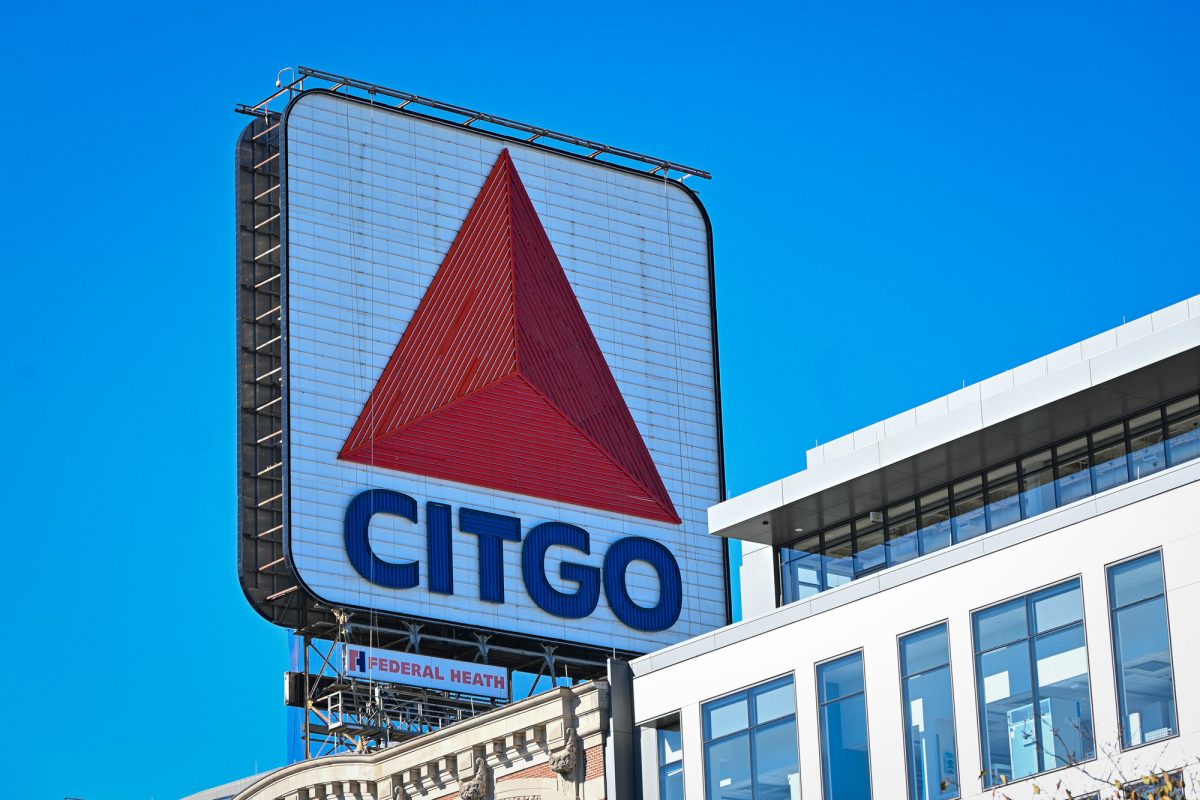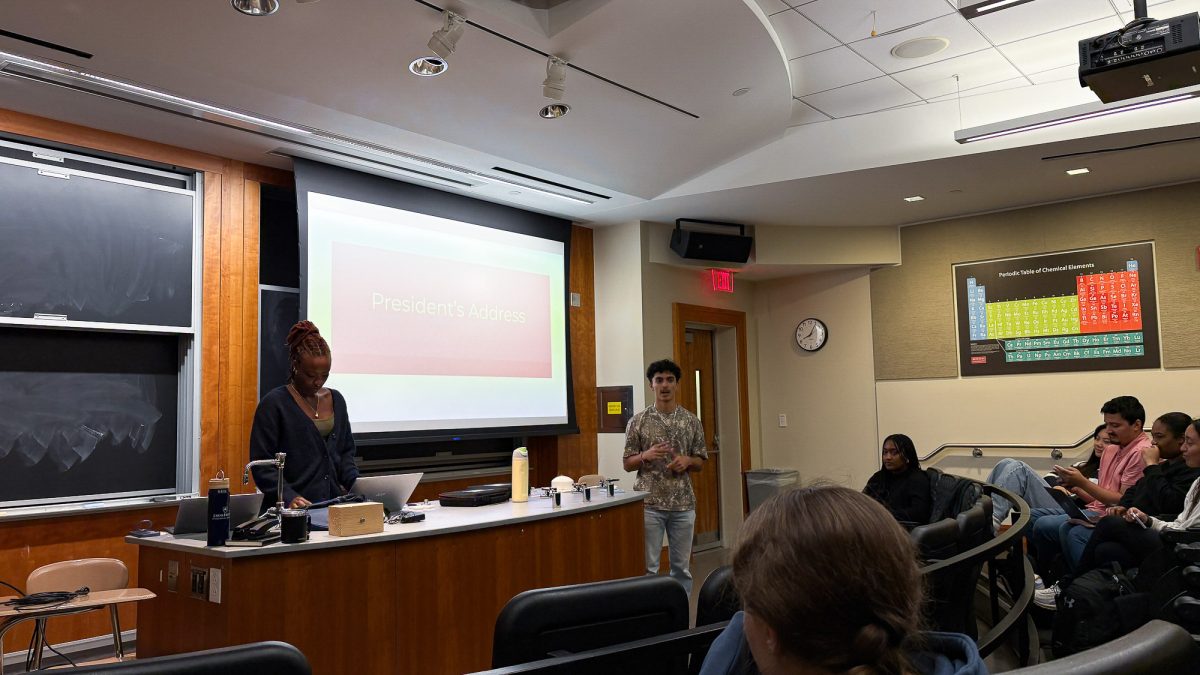Mayor Michelle Wu hosted the first-ever State of the Schools address Tuesday night, sharing the Boston Public Schools’ achievements and future ambitions amid underperforming test scores and major education funding cuts by the Trump administration.
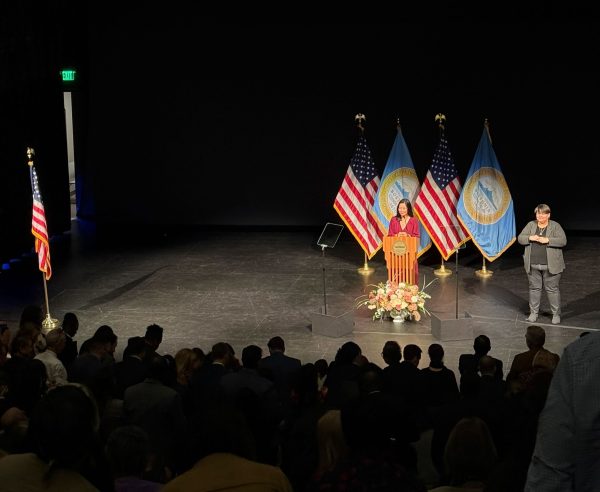
Superintendent Mary Skipper and Boston School Committee Chair Jeri Robinson joined Wu at the Josiah Quincy Upper School in Chinatown — where city leaders celebrated the opening of the public school last year.
The address comes a month after the Massachusetts Comprehensive Assessment System score results indicated BPS, which hosts 119 schools and serves more than 48,000 students, remains behind in its pre-COVID pandemic testing performance.
Still, BPS surpassed state standards in several other categories. During the address, Wu shared that the school district is now “outperforming all 10 of what state administrators track as our comparable peer districts.”
At the high school level, Skipper described similar indications of progress in math and English.
“We are definitely starting to see the acceleration that we are looking for,” she said.
Skipper highlighted early college course enrollment as “one of the best indicators” of future academic achievement.
This year, more than 1,200 BPS students enrolled in early college courses, a large jump compared to the 179 high schoolers in 2022. It has also established 16 new bilingual programs, Wu said.
“After years of instability, we’re seeing real, meaningful progress,” she said. “But we’re not yet where we need to be. This is Boston, and we reject the idea that urban public schools are doomed to do less.”
Additionally, Wu announced the City is making a “generational investment” in BPS athletics and an increase in summer job opportunities for students.
About 17% of BPS schools do not have before- or after-school programming, Wu said, so the City is working to improve accessibility to these programs. Many families cannot afford the current ones in place.
Wu highlighted the opening of a second Boston Adult Technical Academy focused on training new immigrants to join Boston’s economy. She also discussed the opening of the Carter School, which is aimed at educating students with significant disabilities, and NExT, a program to help students with disabilities find jobs.
Teachers attending said they wished there was a greater sense of urgency towards investing in and renovating the schools the district already has, especially since the address took place in one of the newly-designed public schools in the district.
“I teach in a school that is over 100 years old, and my school is great,” Russ Weiss-Irwin, a teacher at the Sarah Greenwood School in Dorchester, said. “But my school building is not great. My students deserve a better building.”
Nora Paul-Schultz, who teaches at the John D. O’Bryant School of Mathematics and Science in Roxbury, echoed a similar sentiment.
“I teach at a great school, and I couldn’t help but sit here and be jealous of what a beautiful building we’re in,” she said. “I have leaks in my classroom and all sorts of other issues.”
While Wu said BPS’s has had more success in launching a greater number of major school building projects in the last four years than in the past 40 years, she emphasized “there is a lot of need throughout the district.” The City is “going to figure out a way to find the resources,” but it is “not going to happen overnight,” she said.
“Our goal is to make sure that every single student and every school community is in a building that meets every opportunity. This should not be the exception in our district,” Wu said, referring to the Josiah Quincy Upper School. “This should be the standard and the expectation.”
Wu said the first step is to take an audit of what needs to be fixed in buildings and then find the resources to bring their renovations to fruition.
“Our young people are the key to our city’s health, well-being, economy and all of the things that we enjoy in our lives,” Wu said. “We need to be making sure that we’re opening doors now, so that our young people are stepping into leadership and getting the tools and resources that they need to be able to lead our city into the next phase.”

